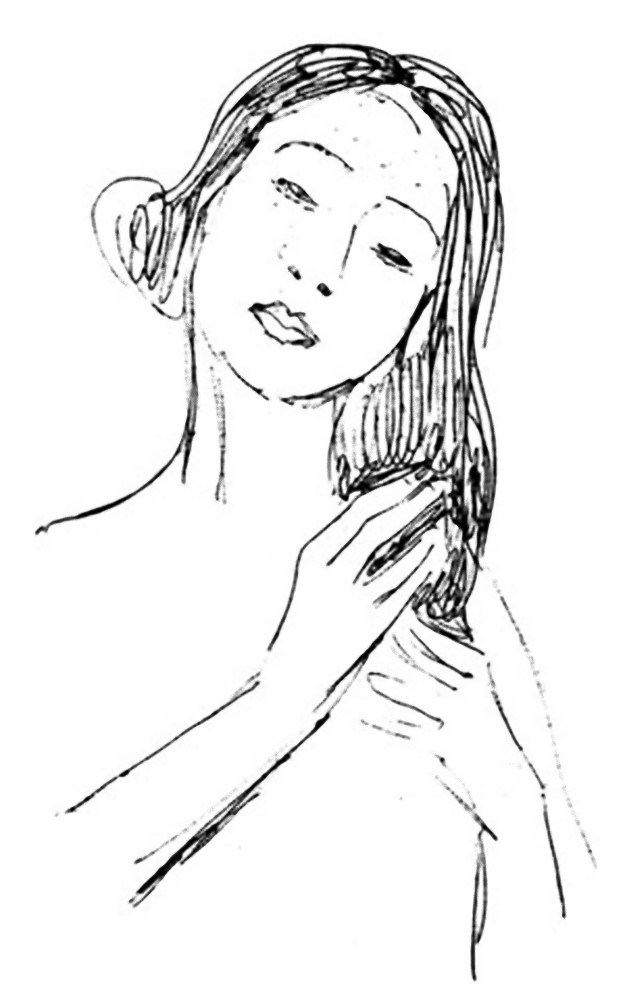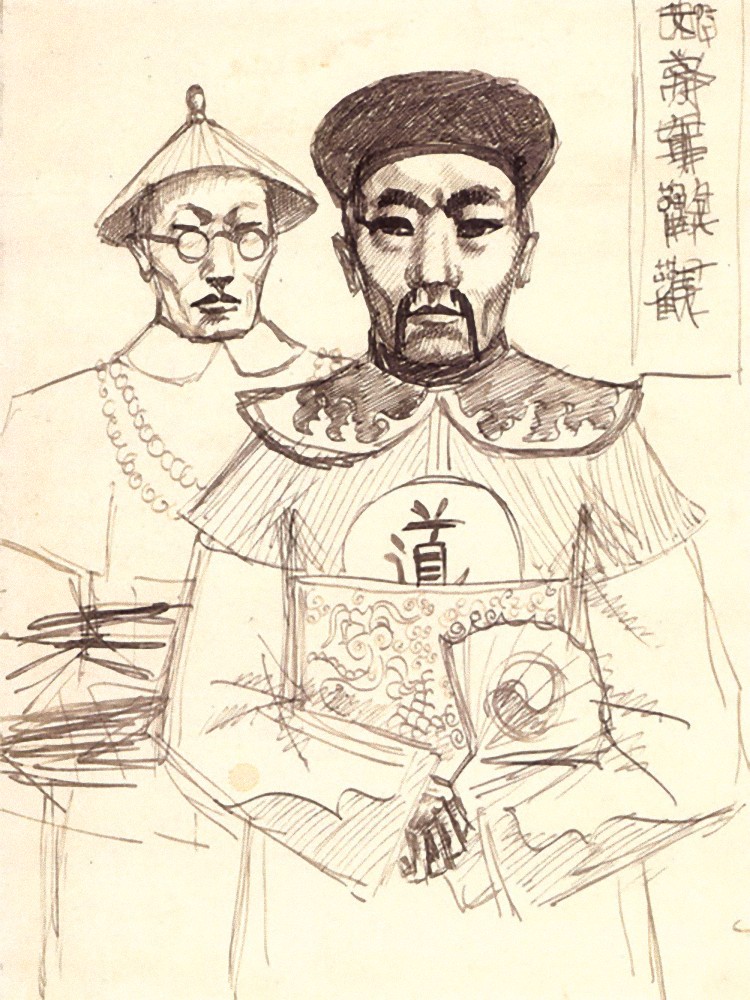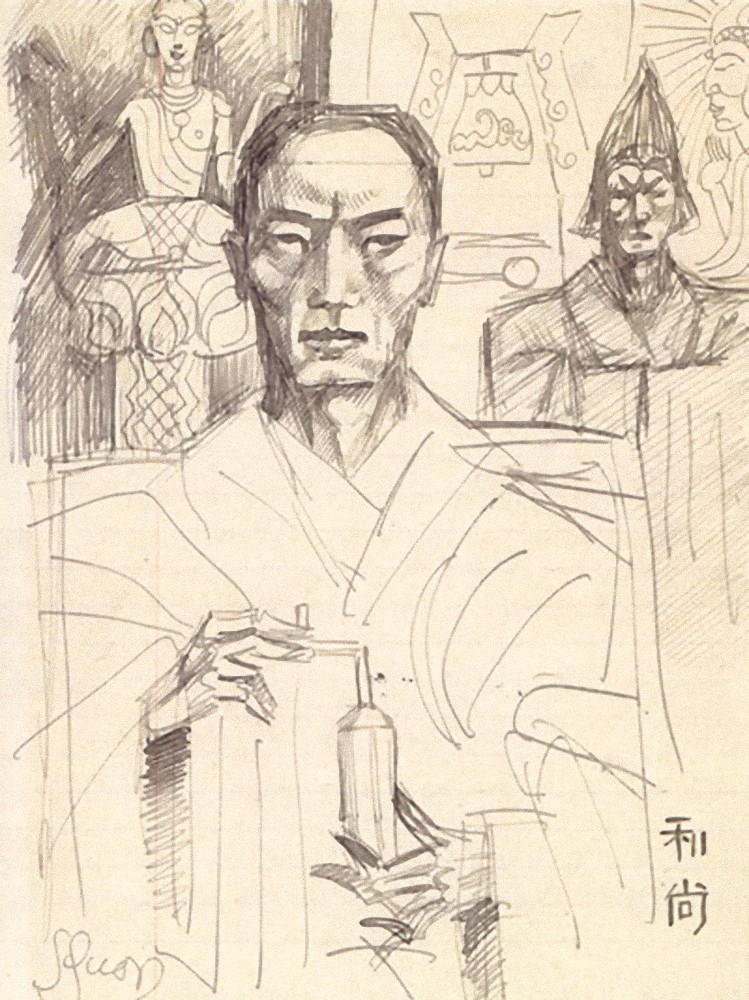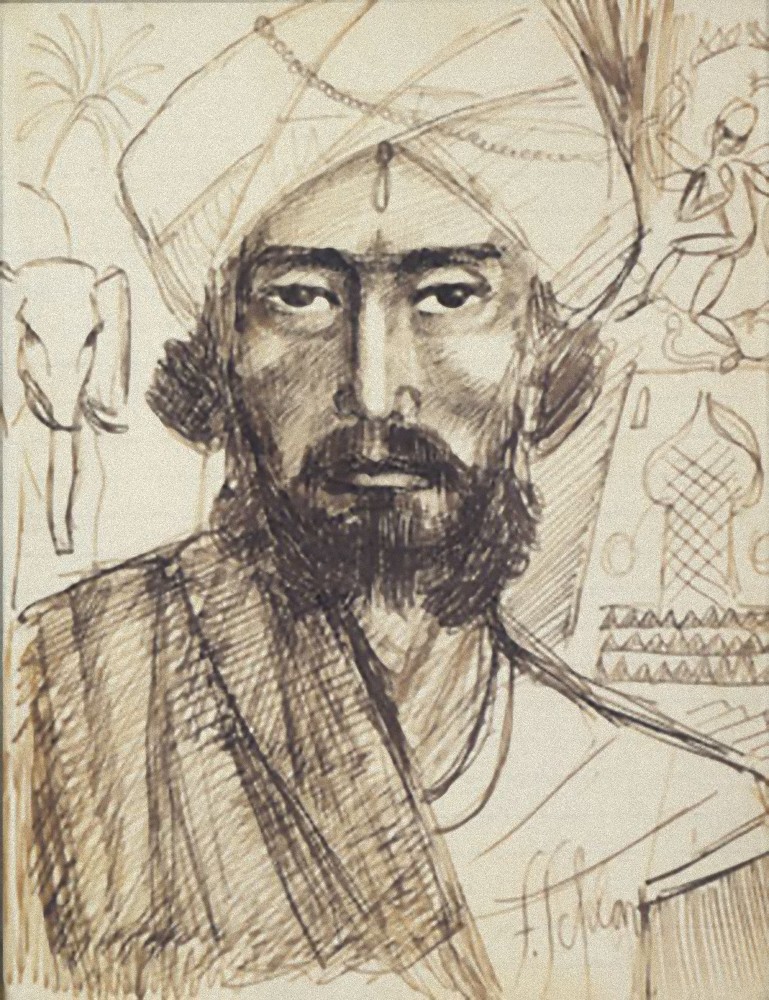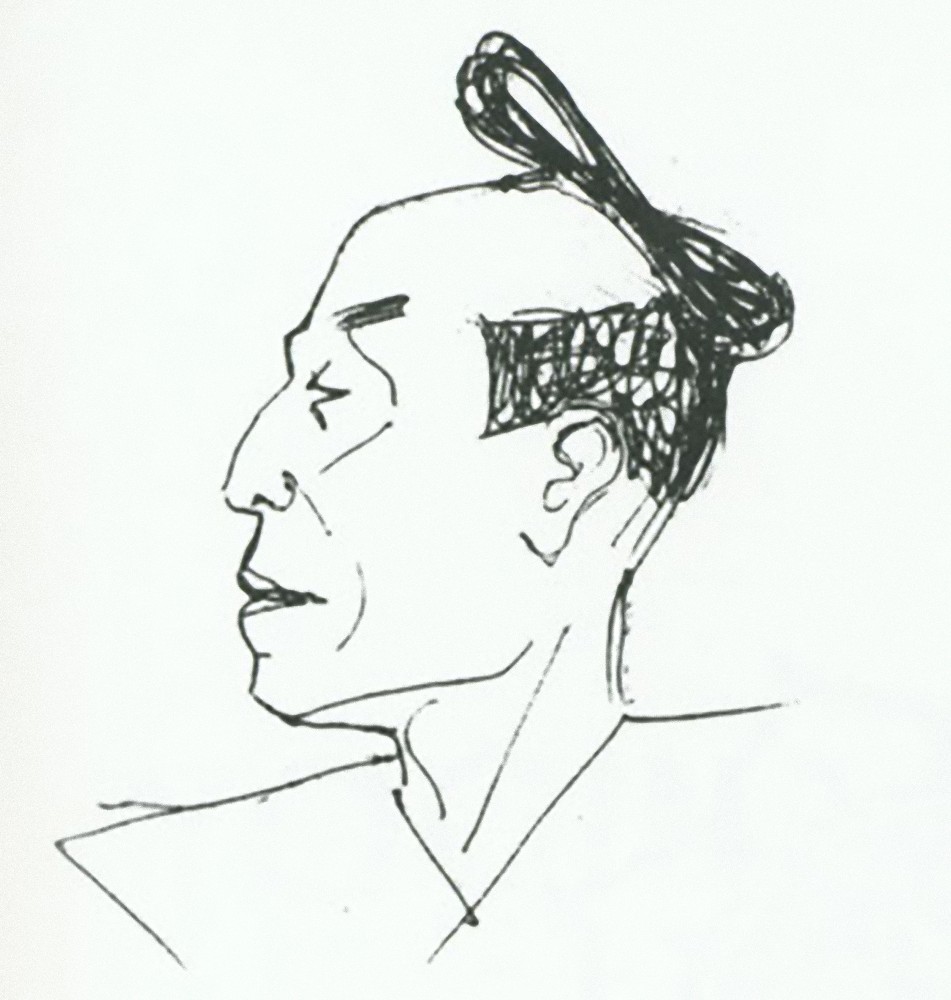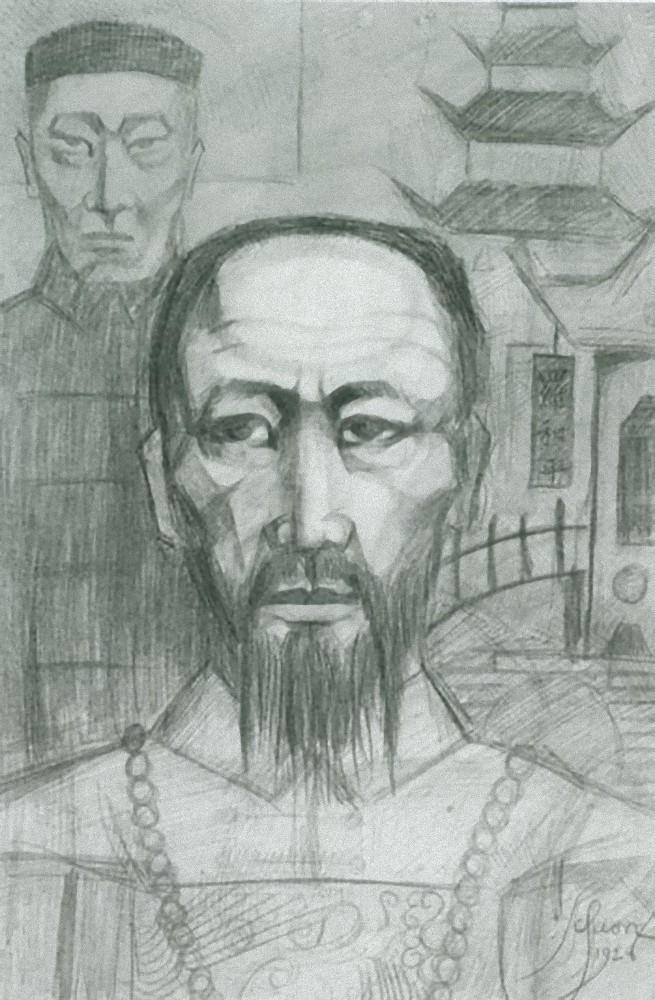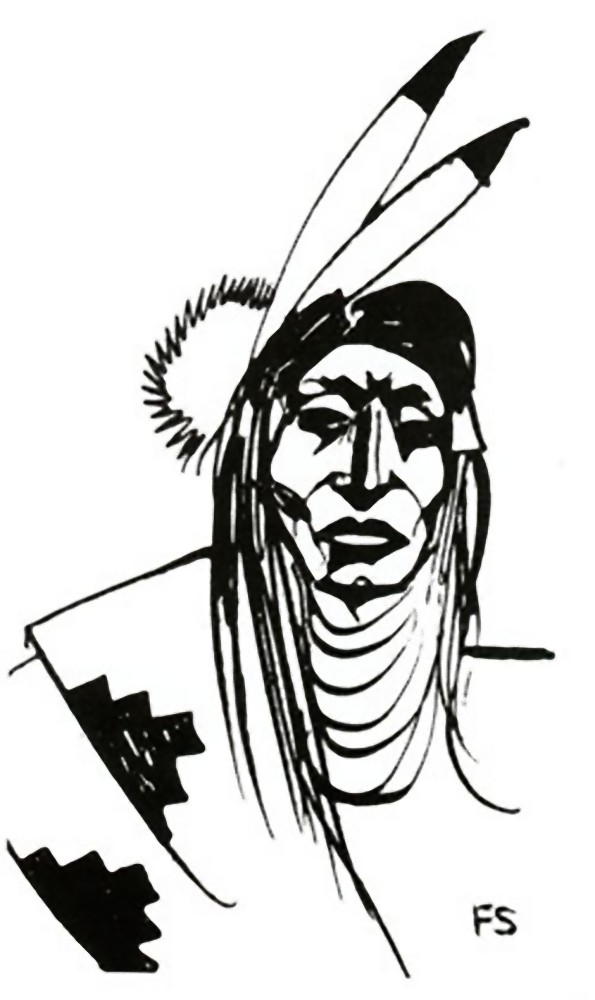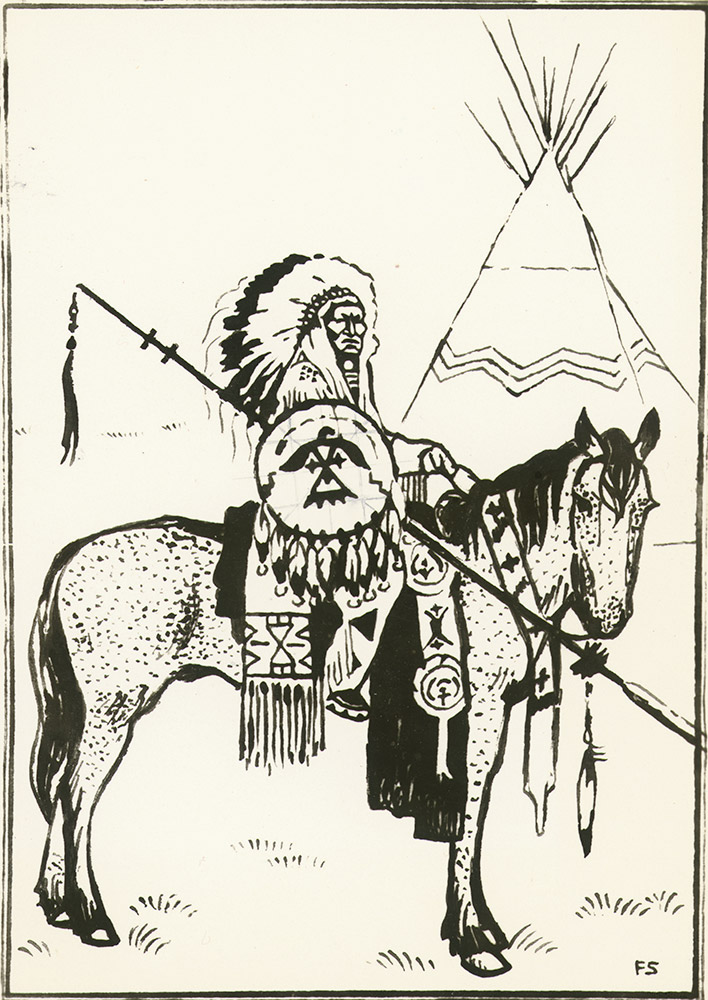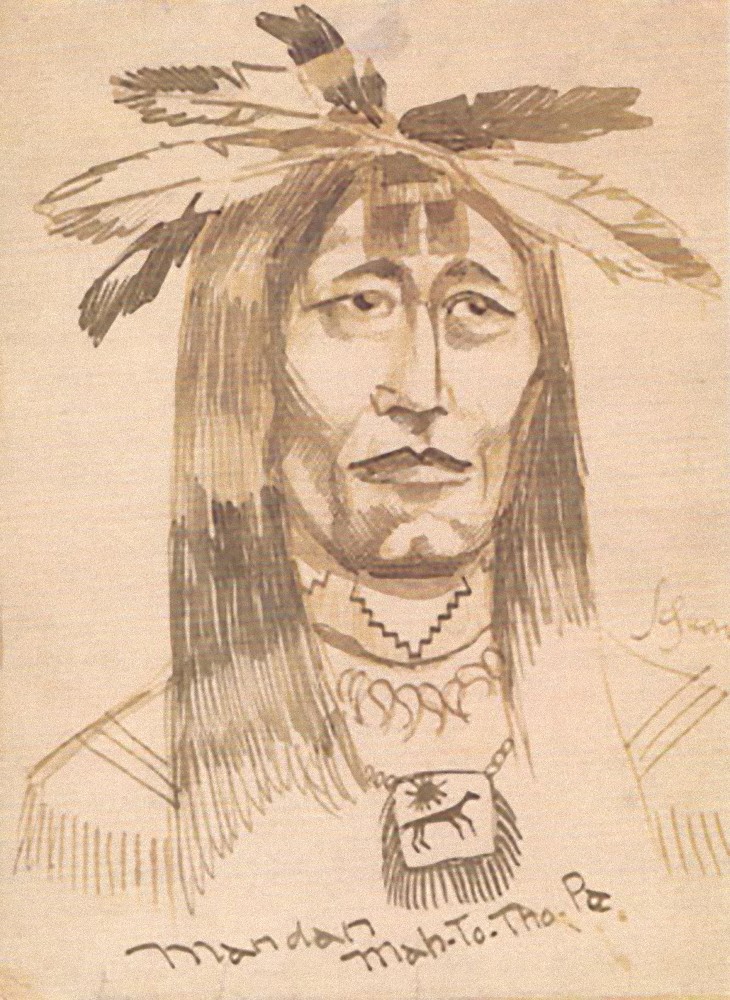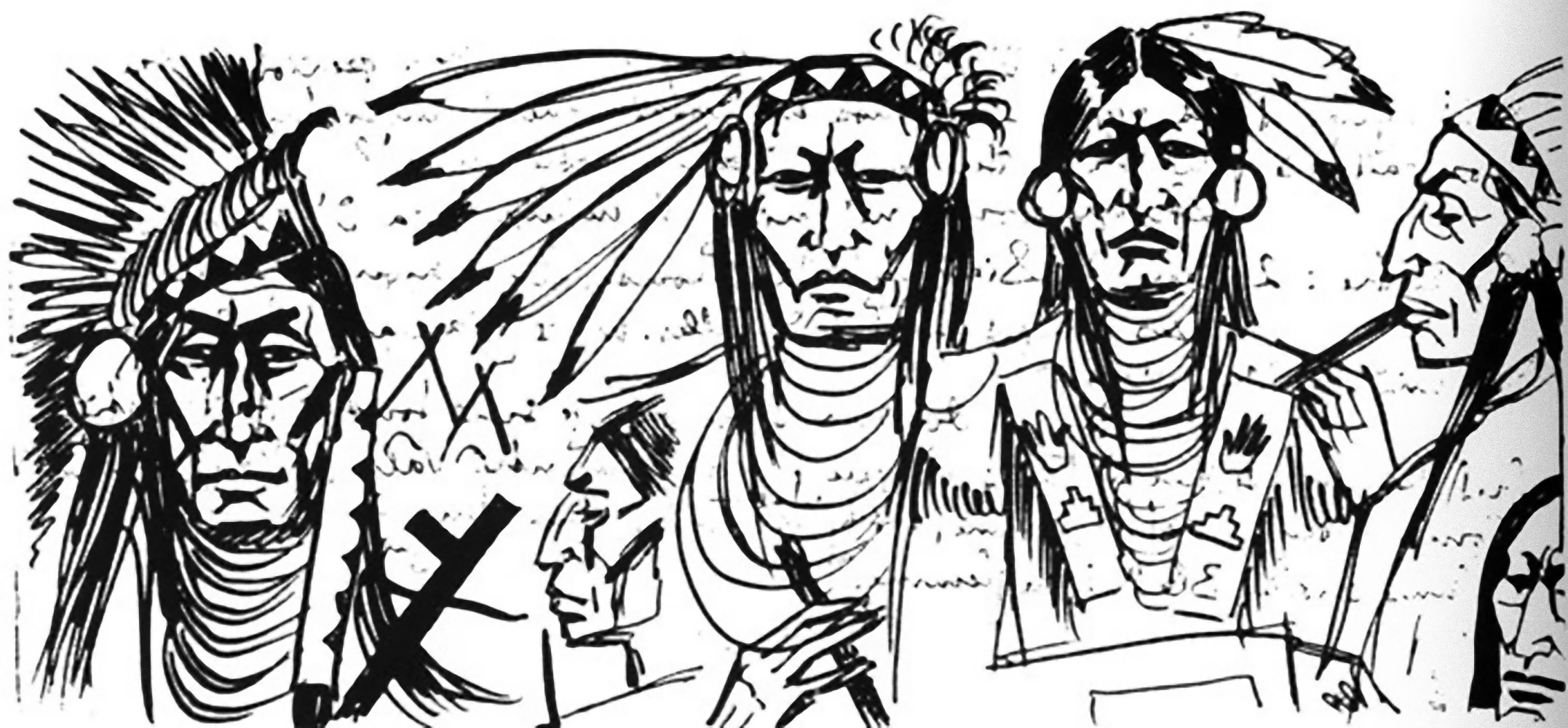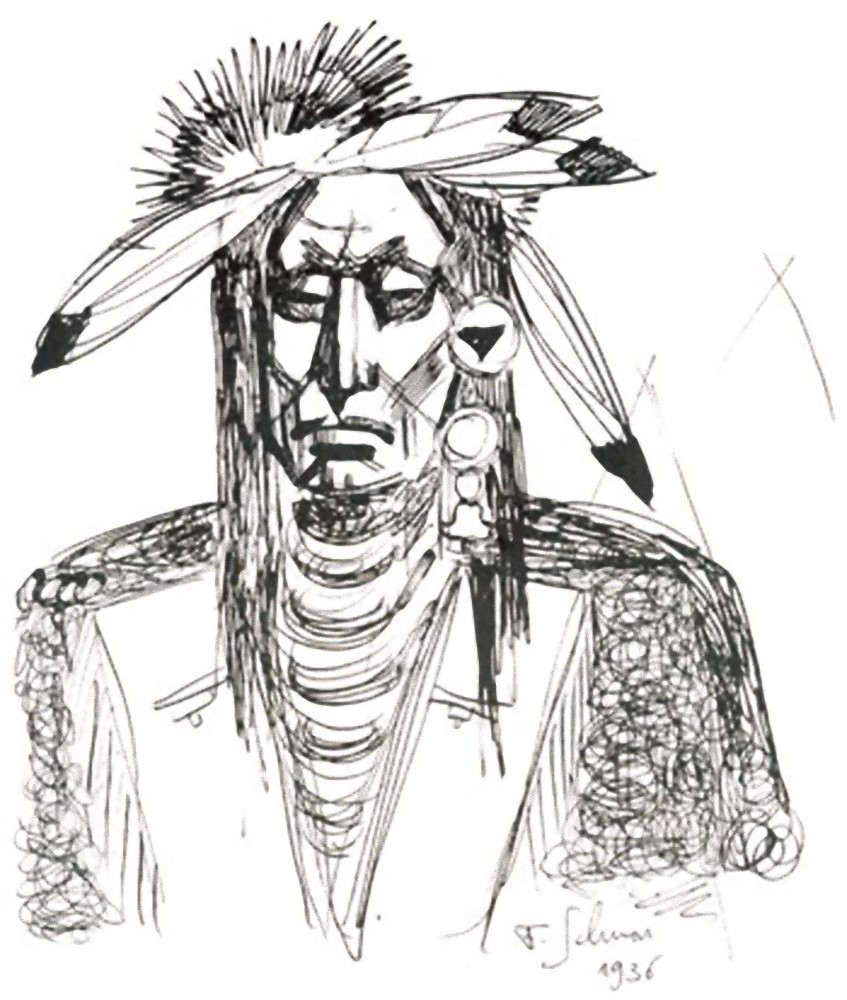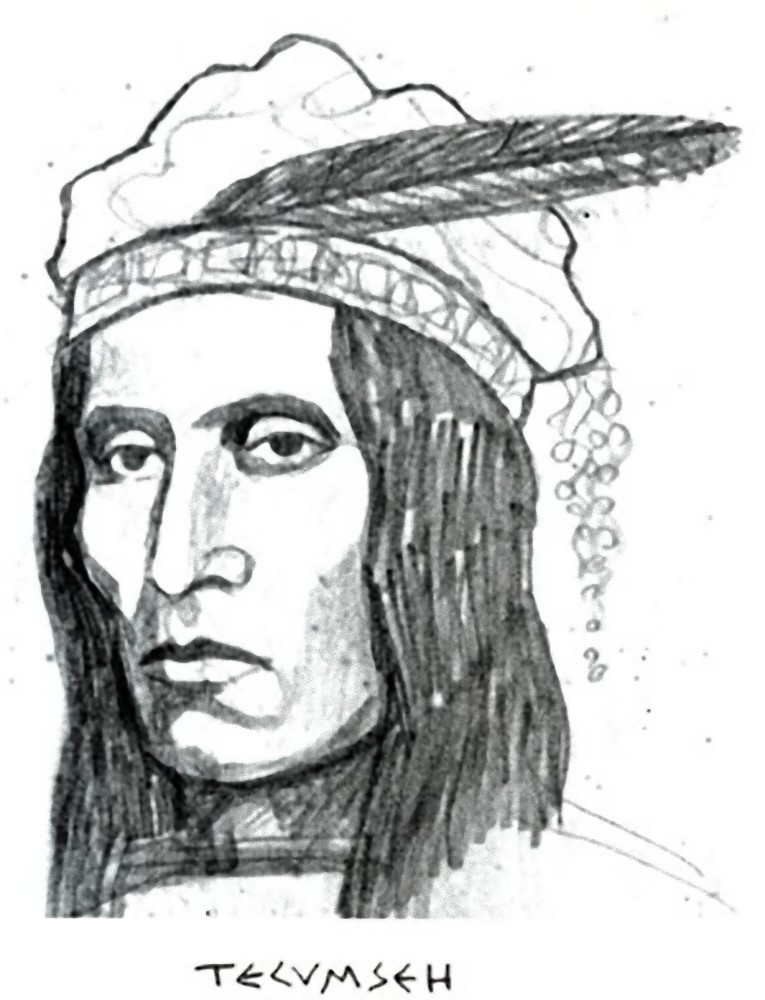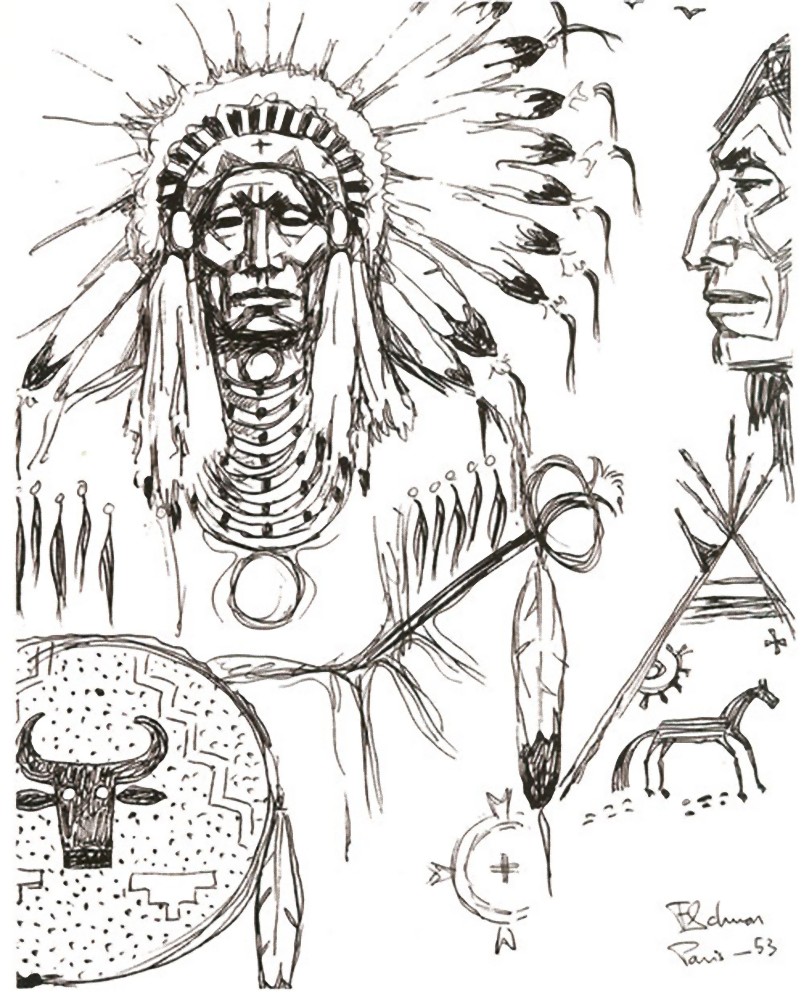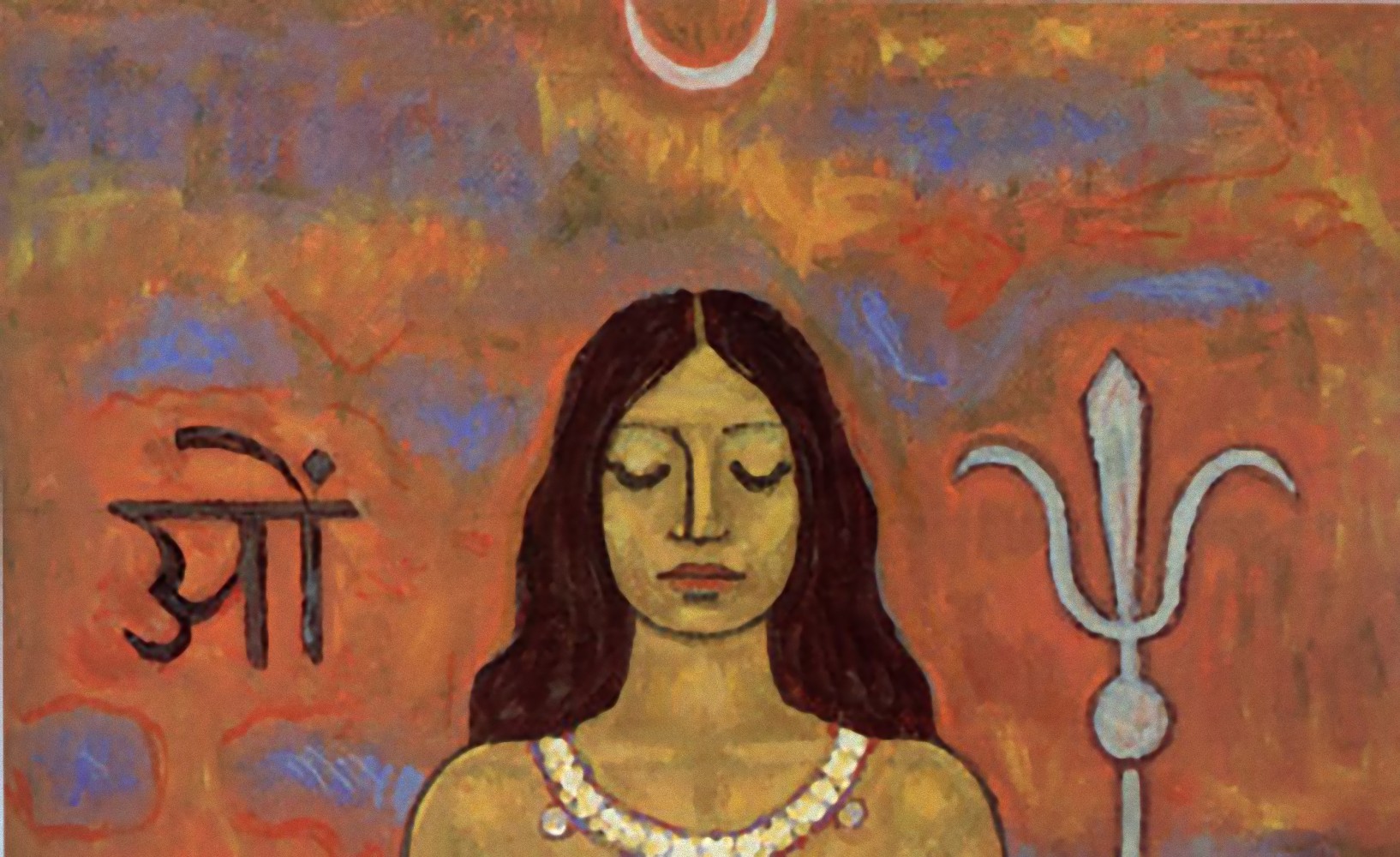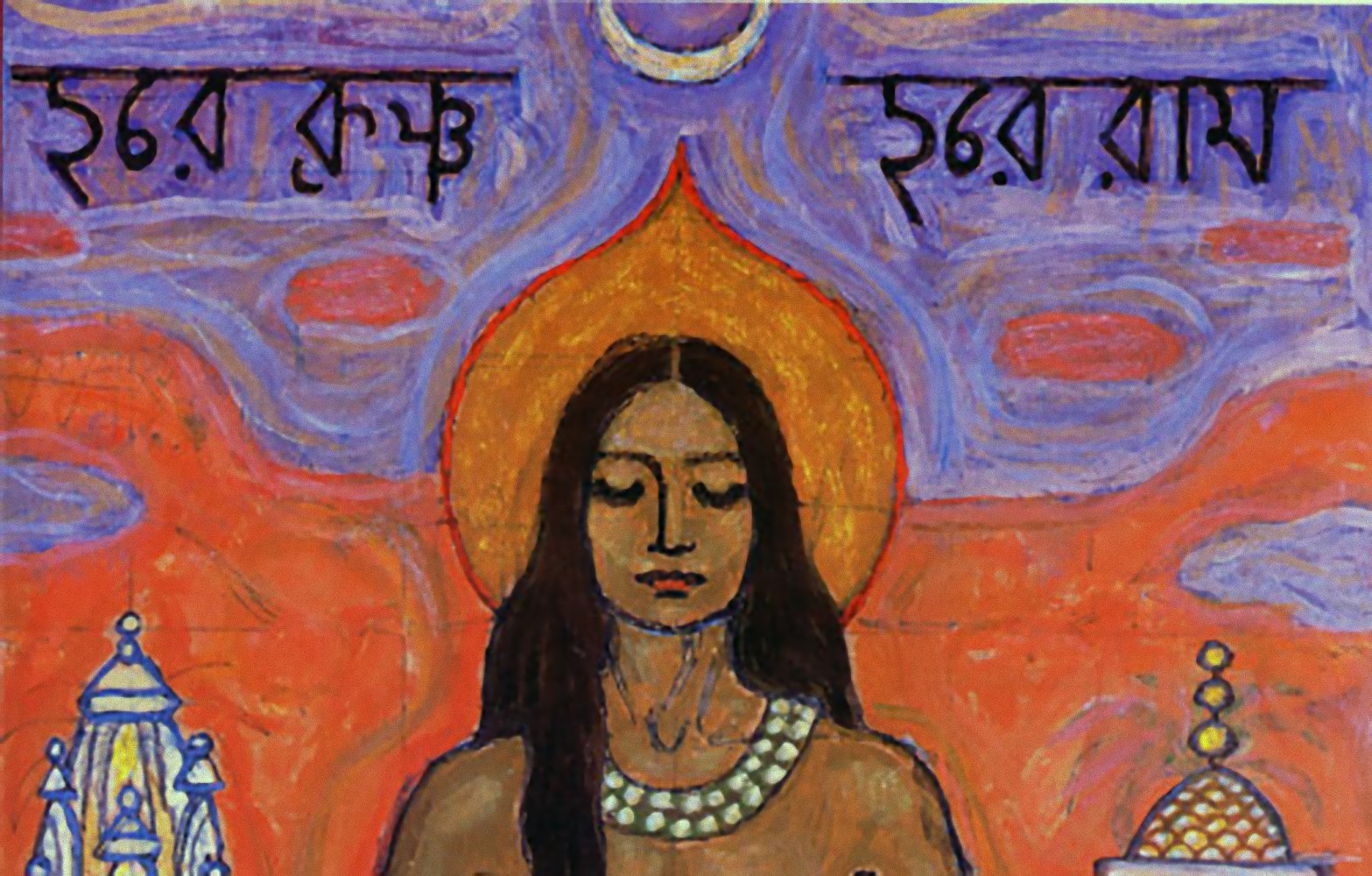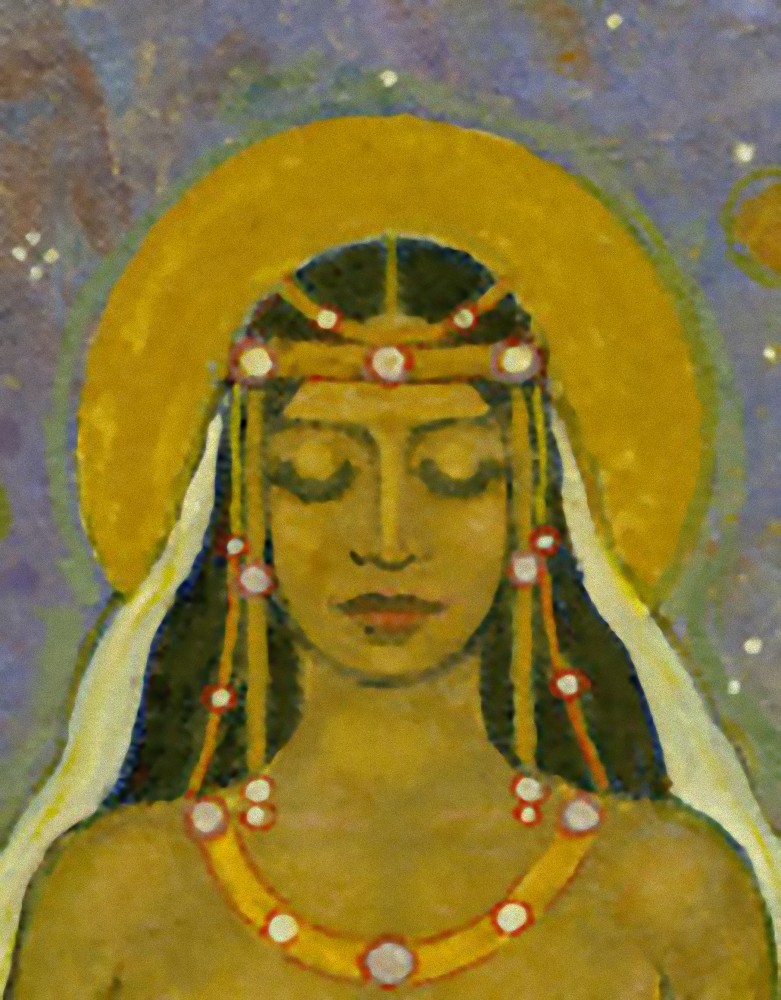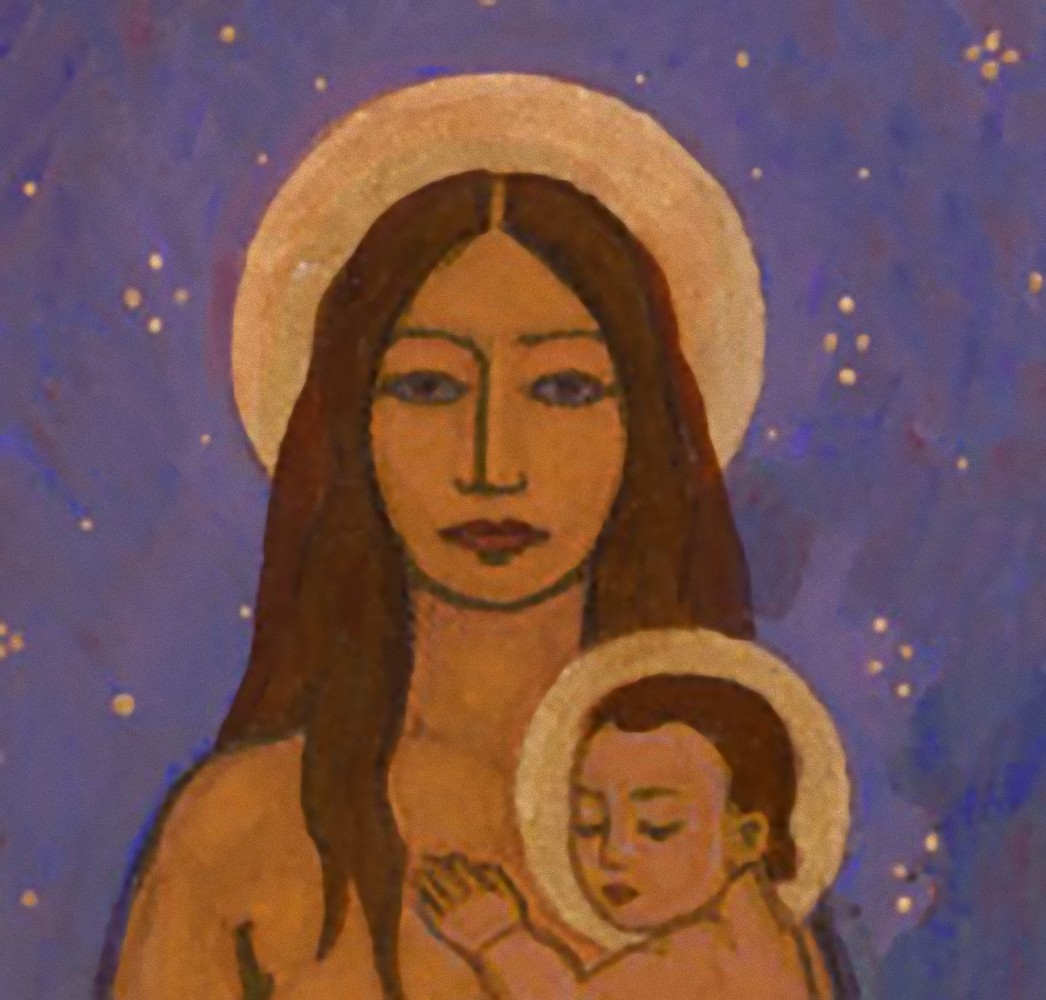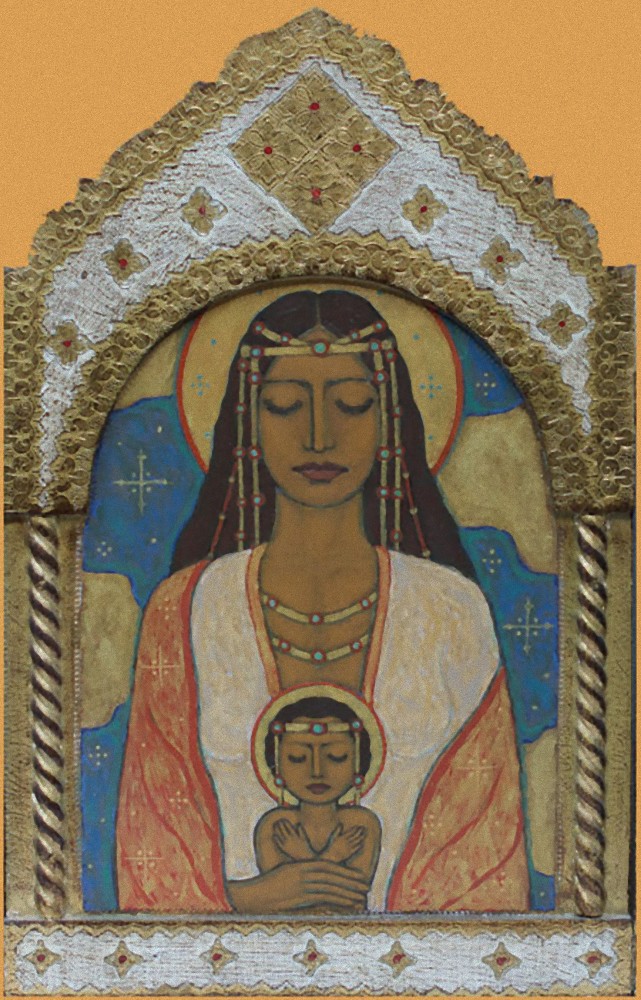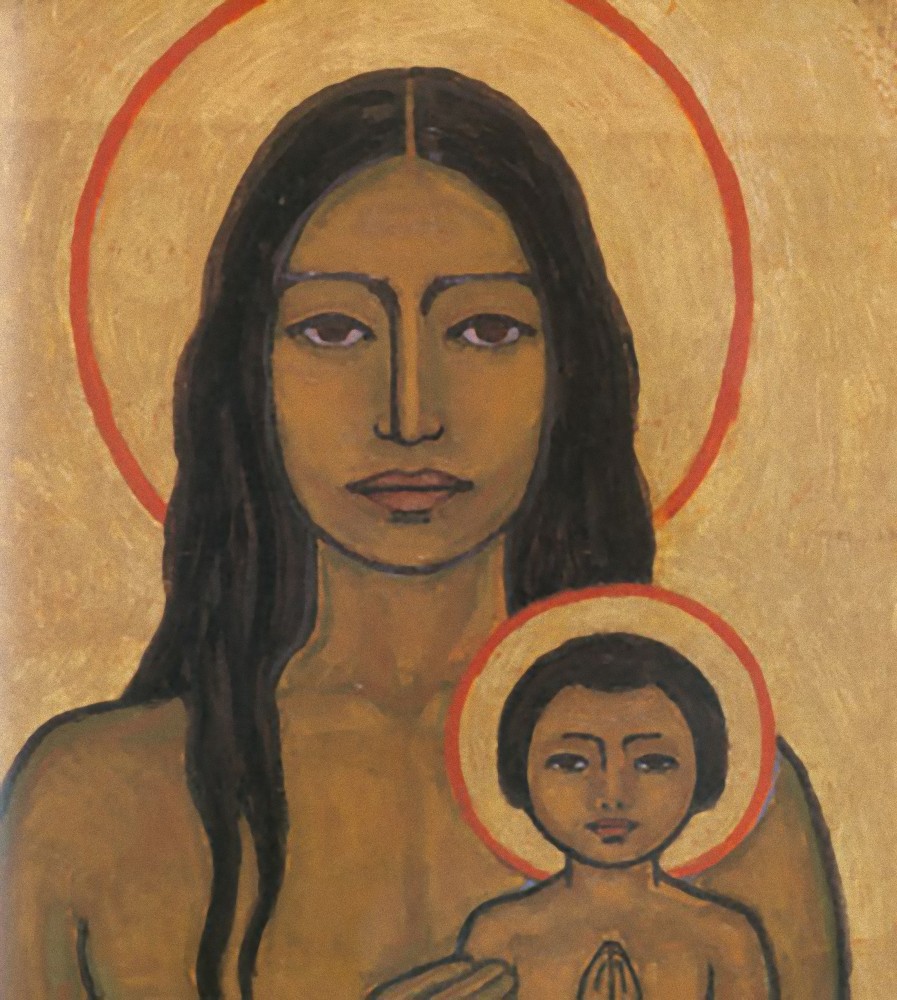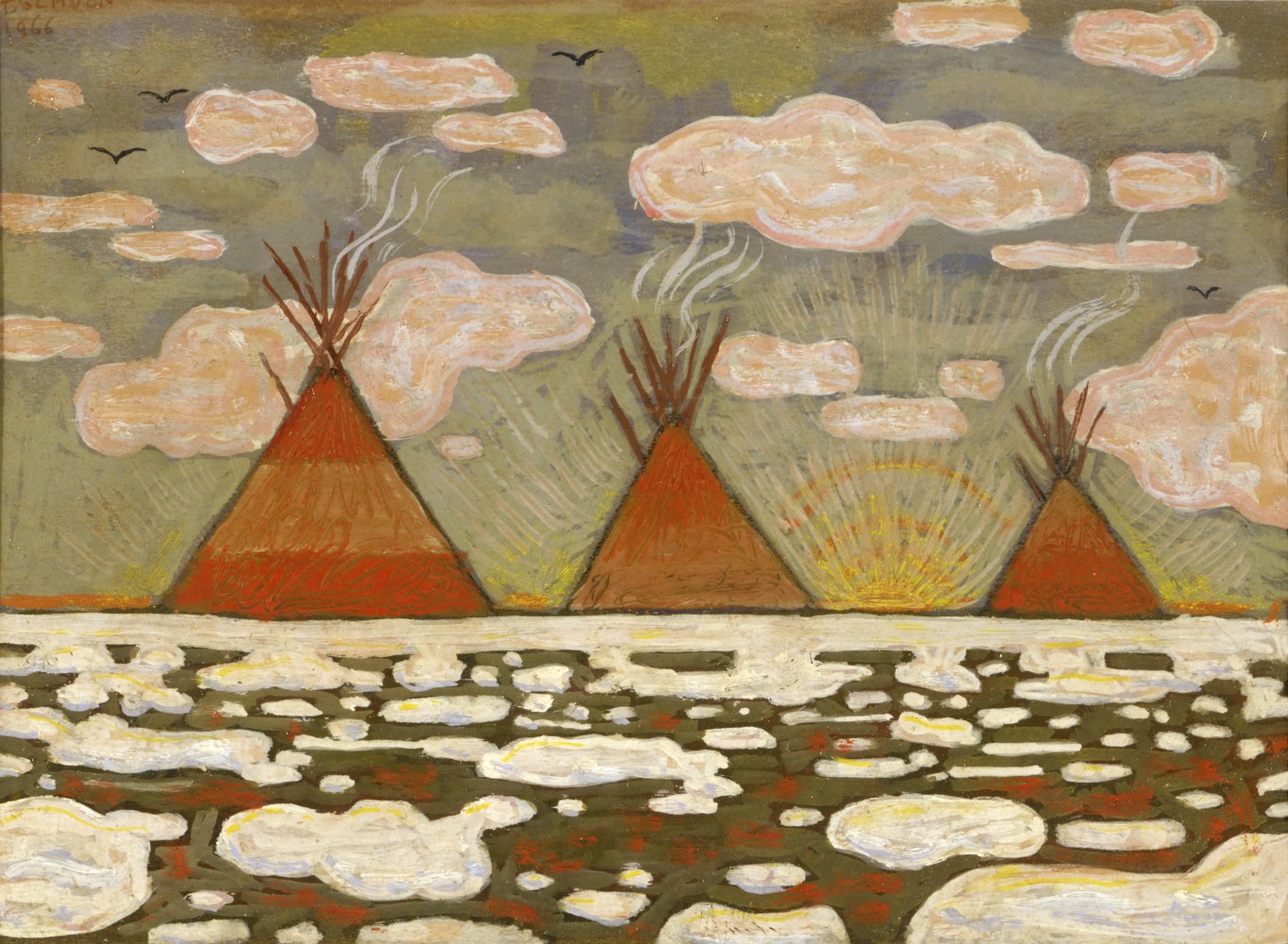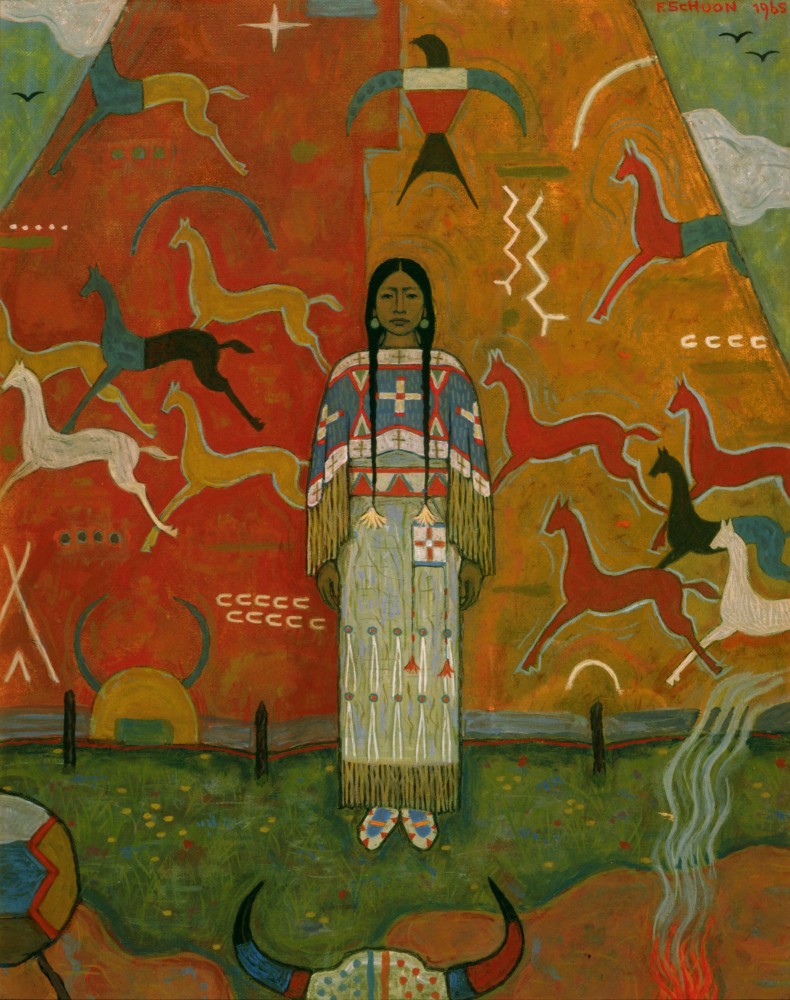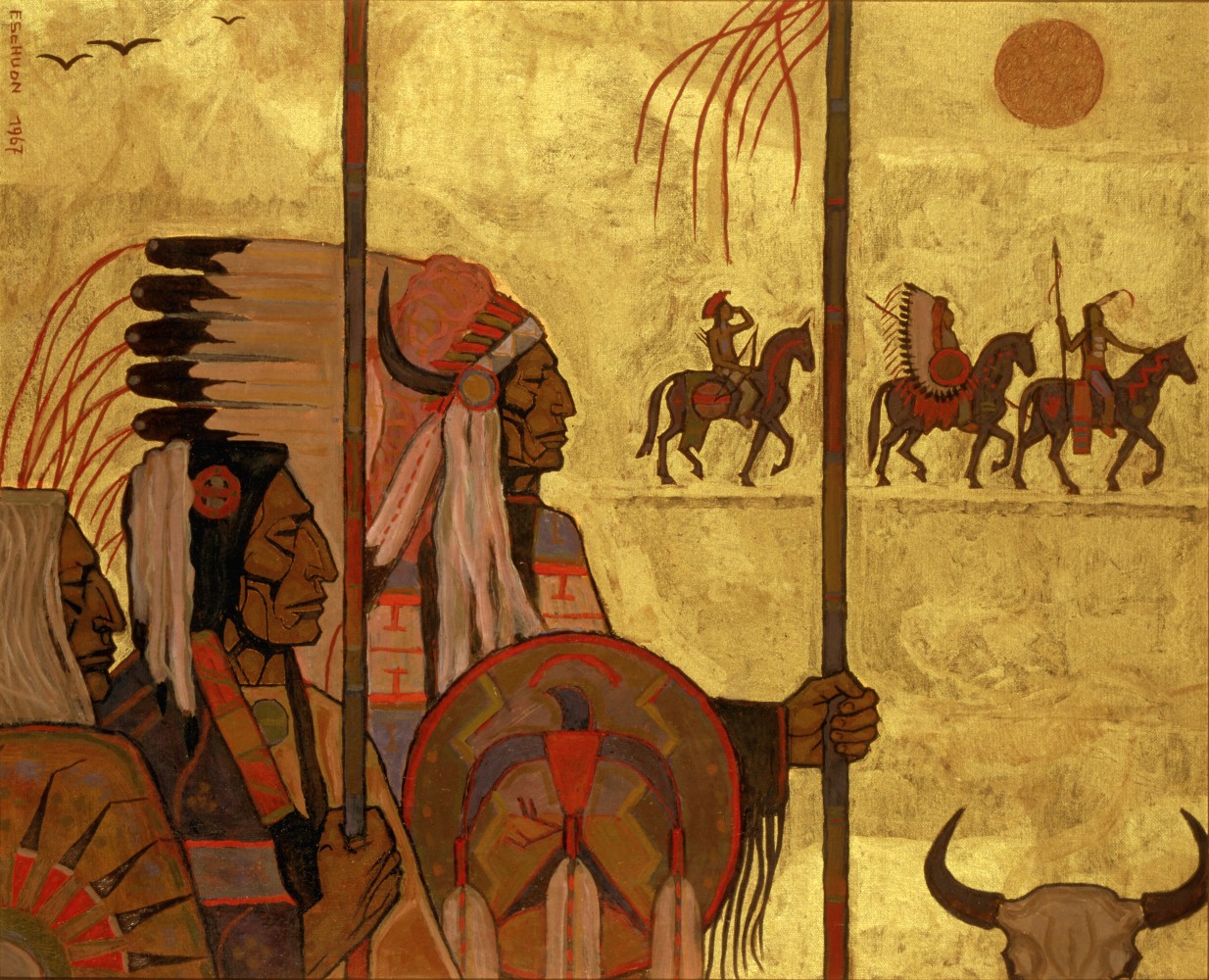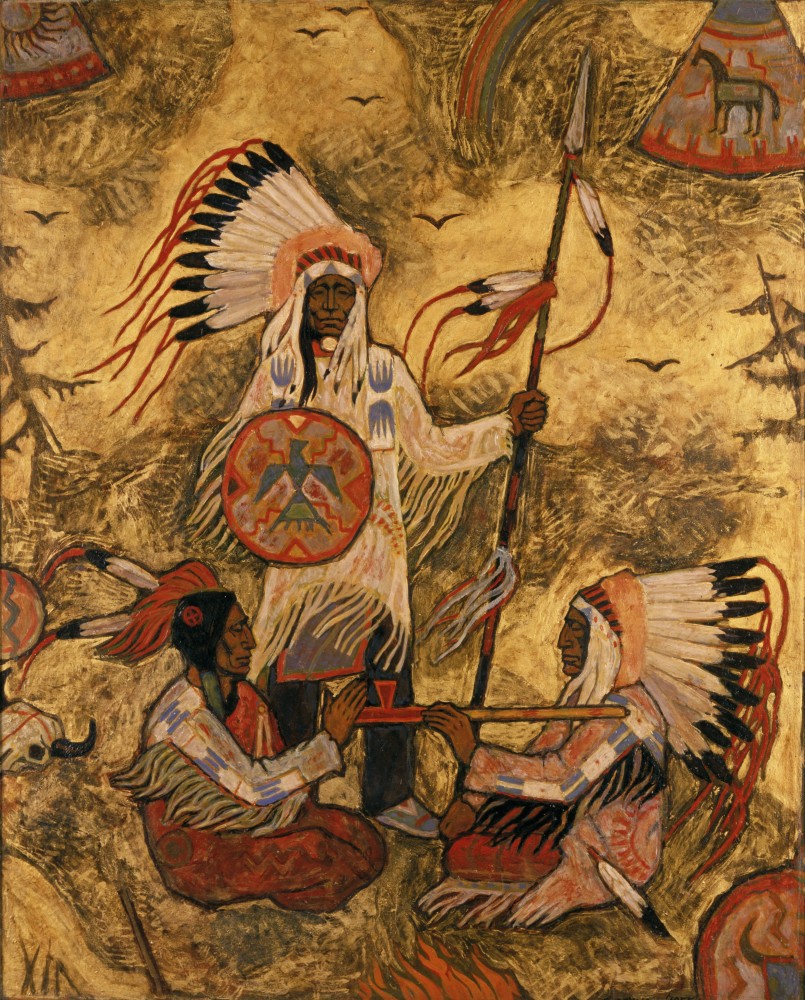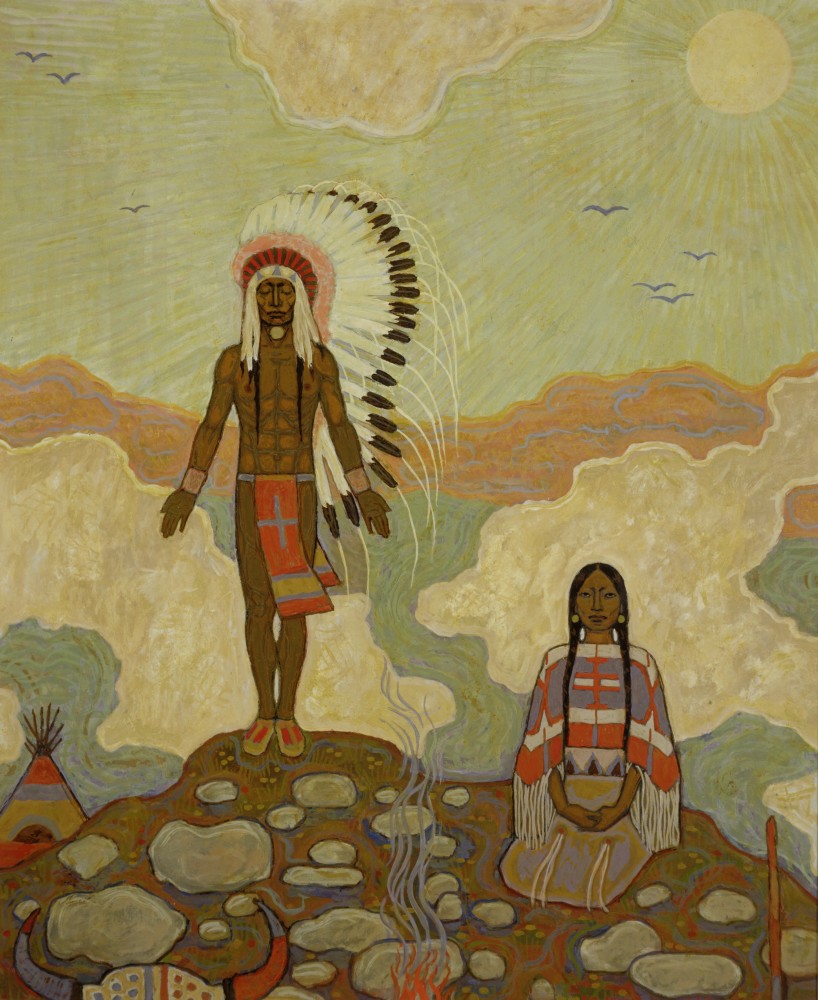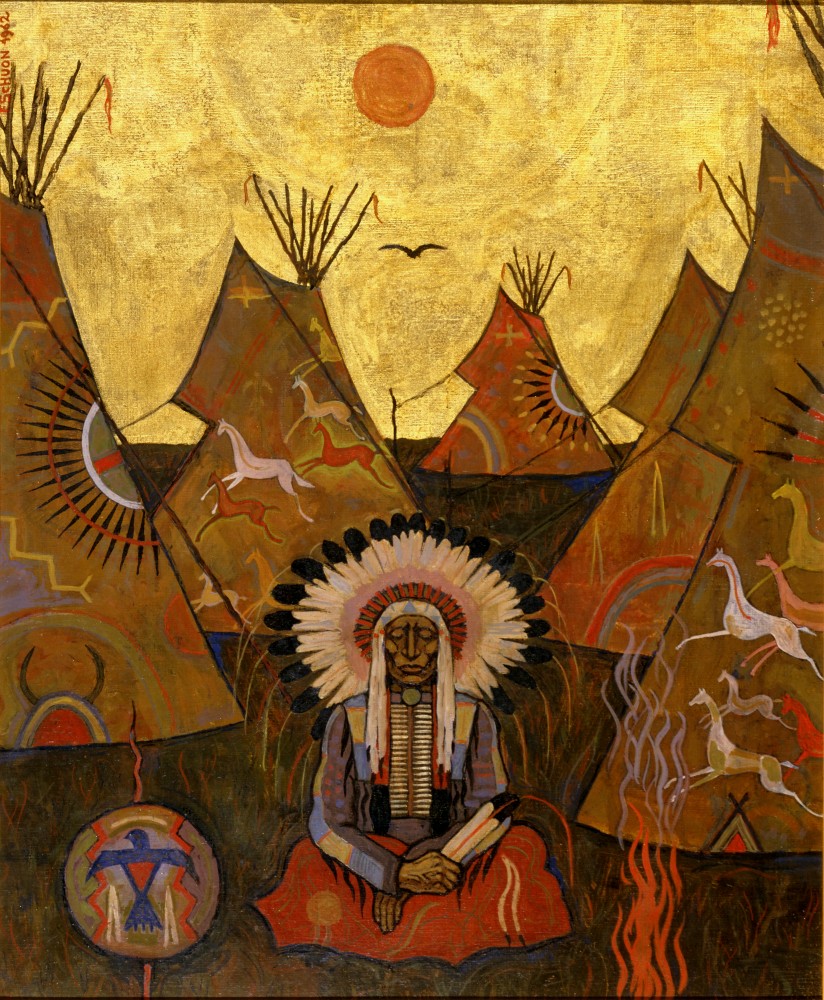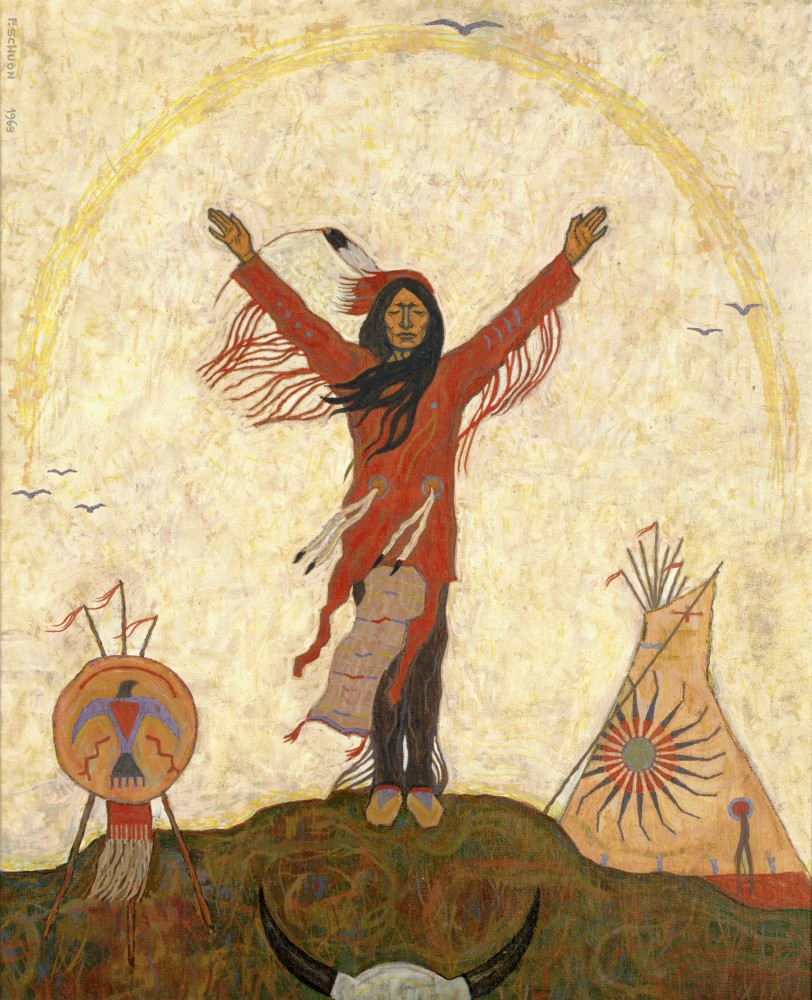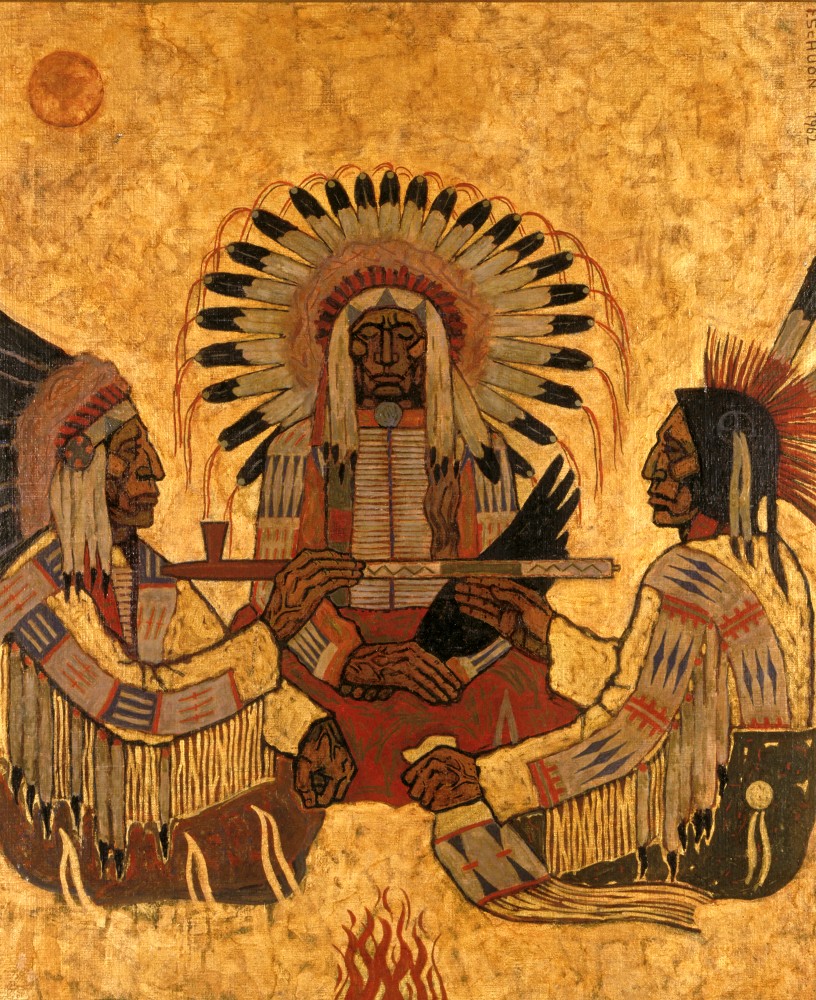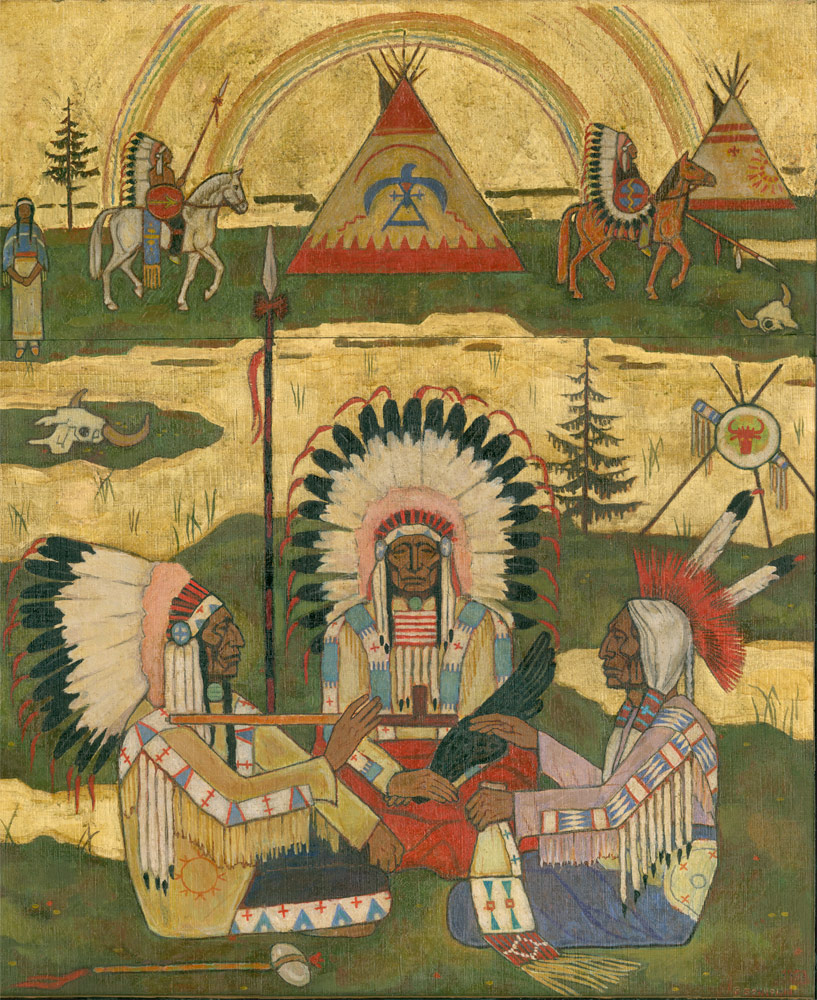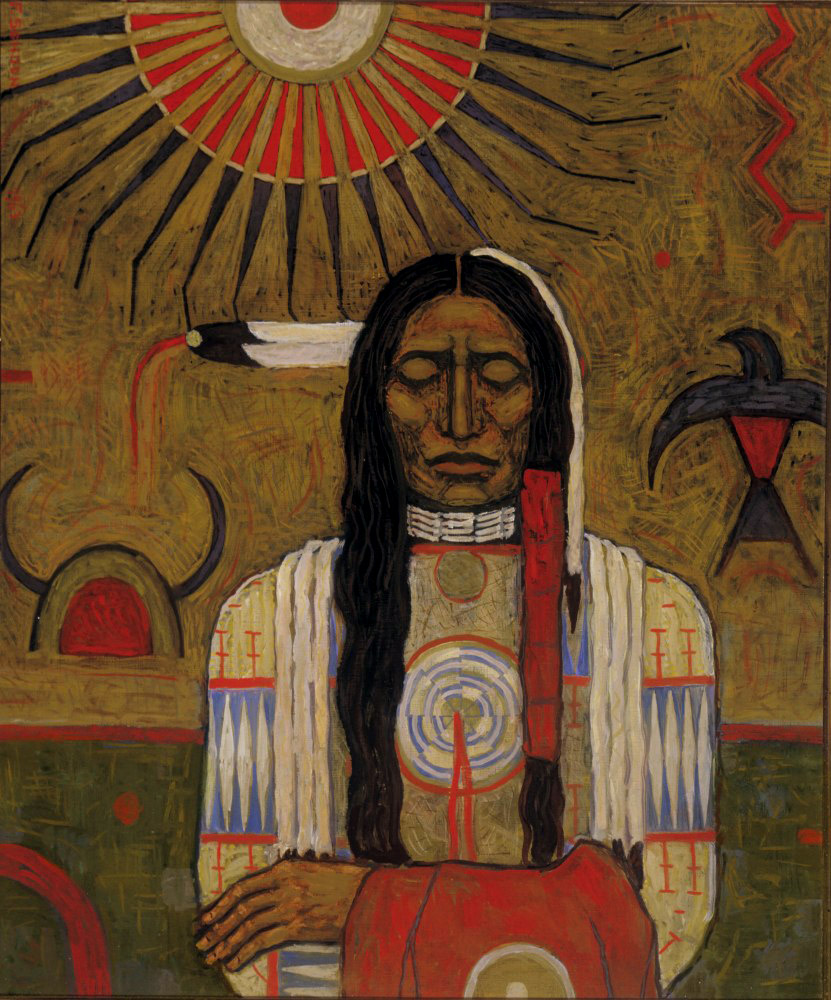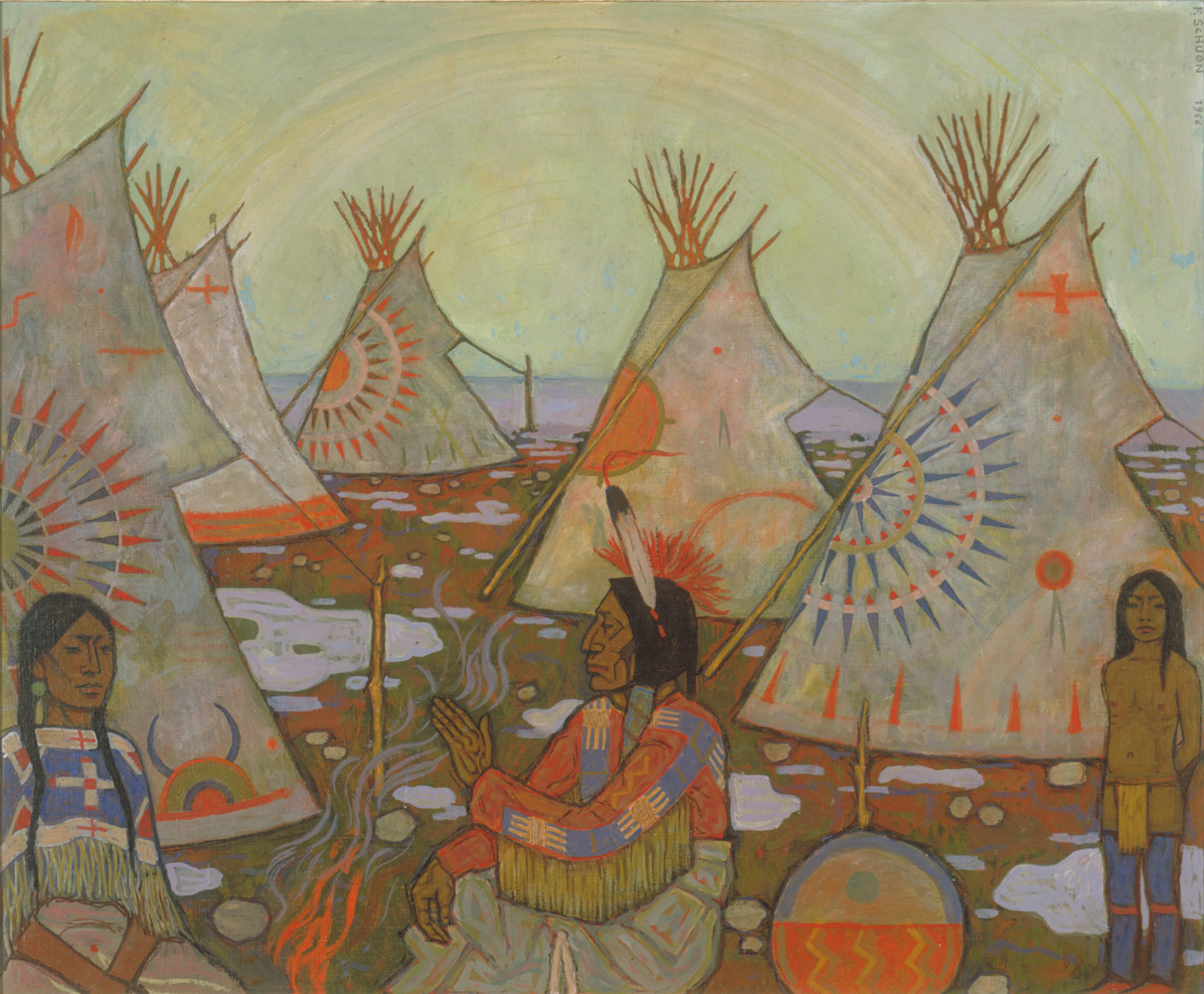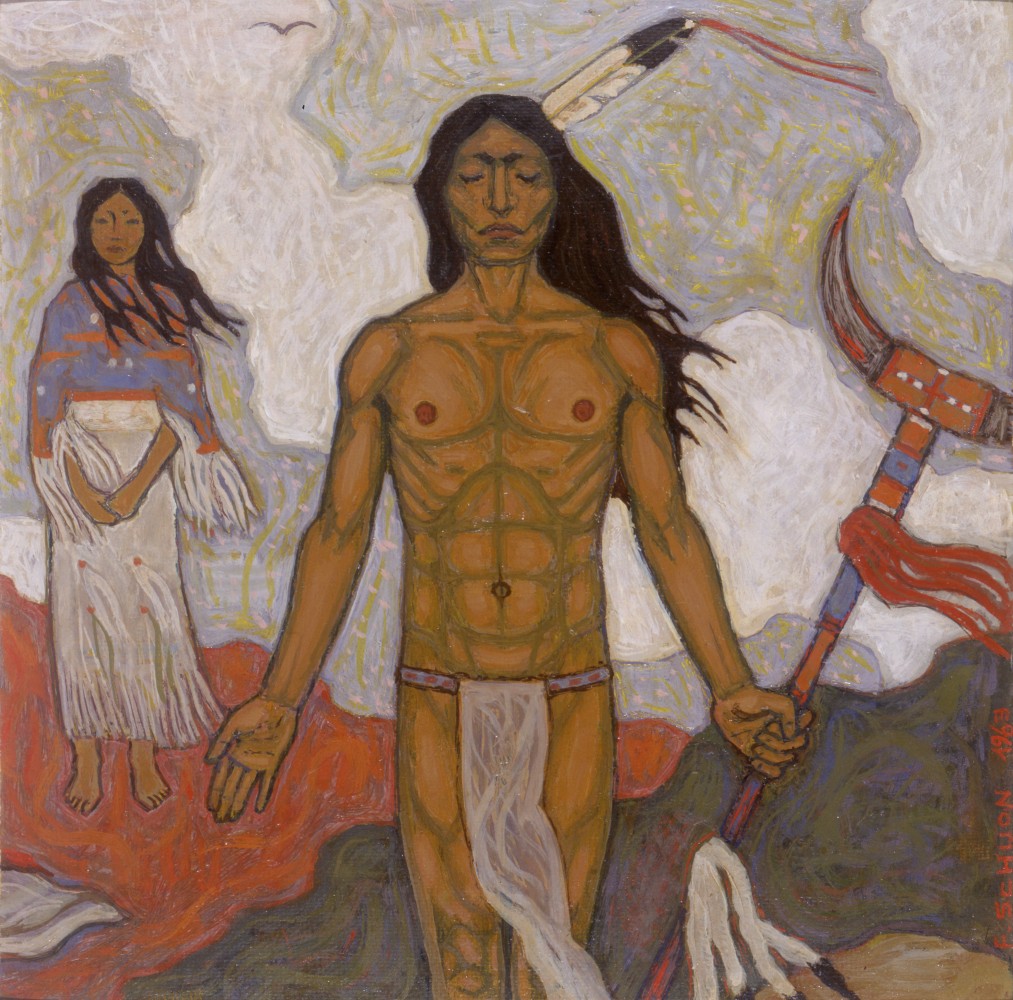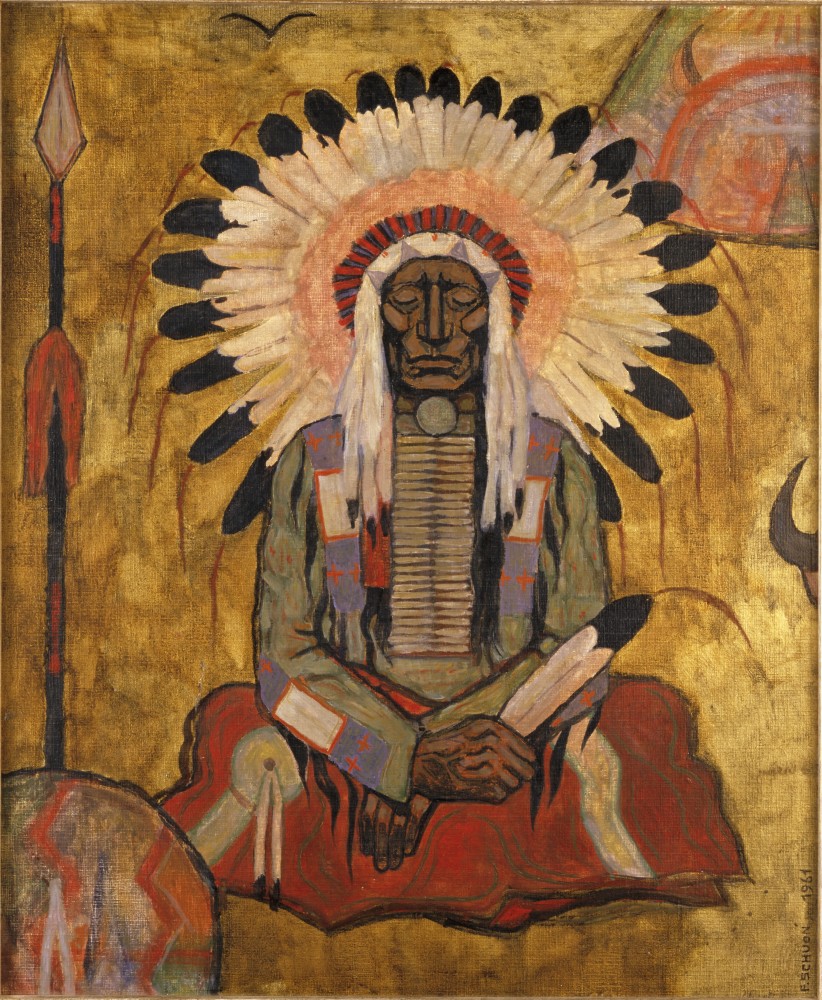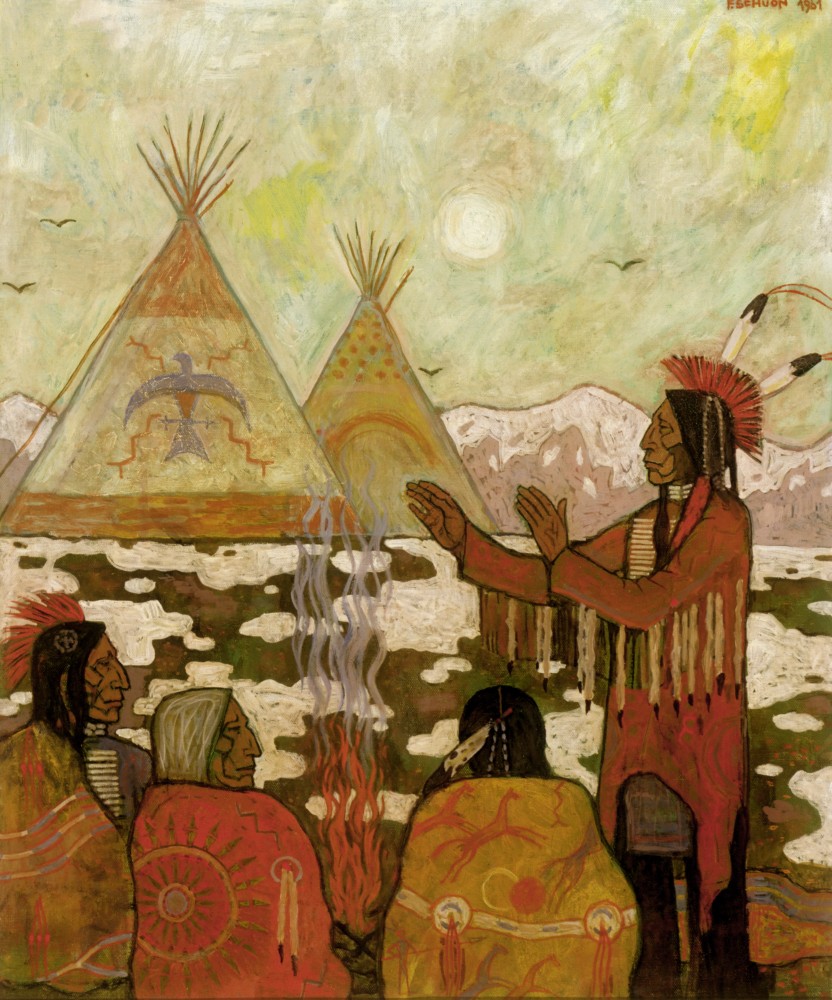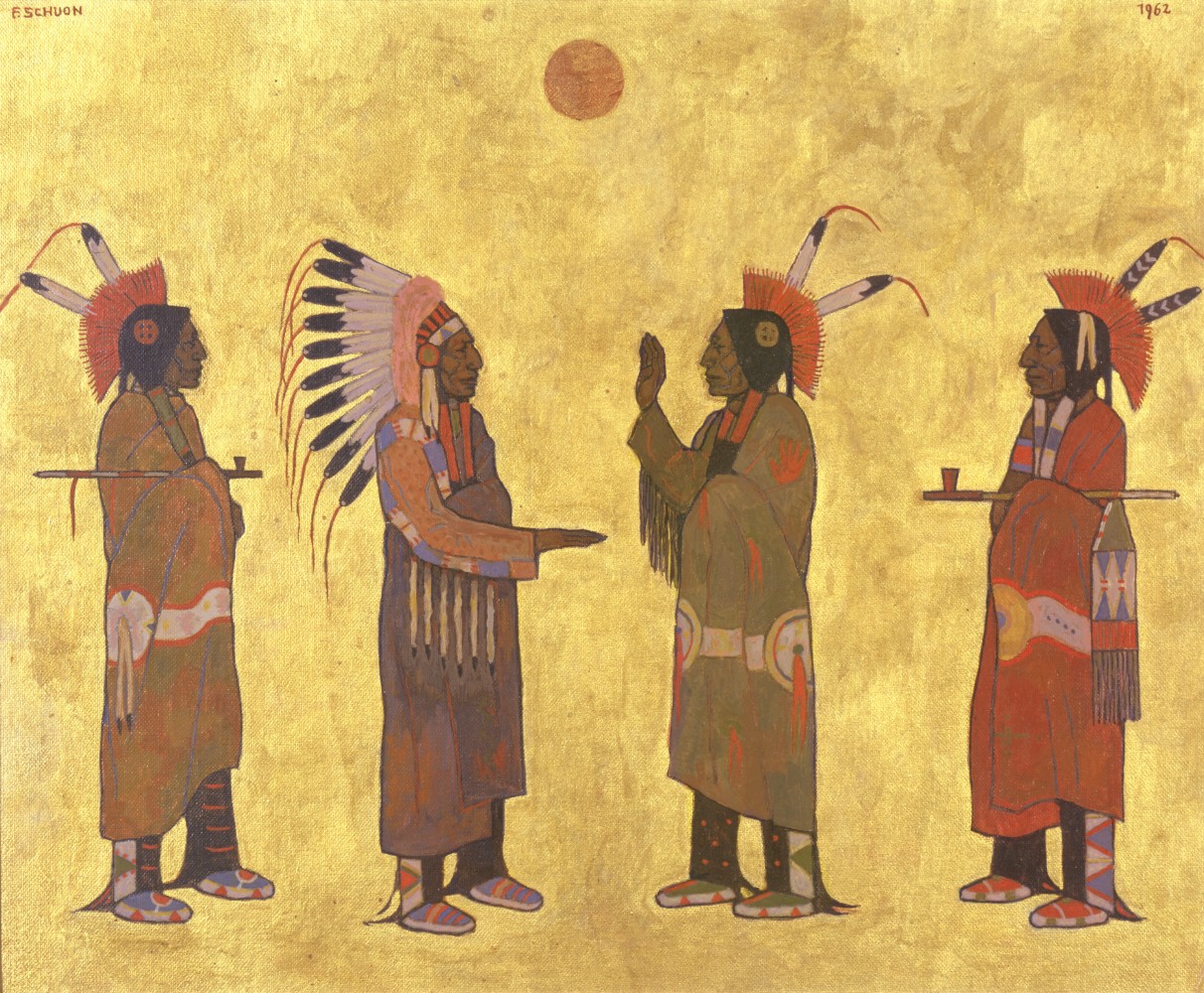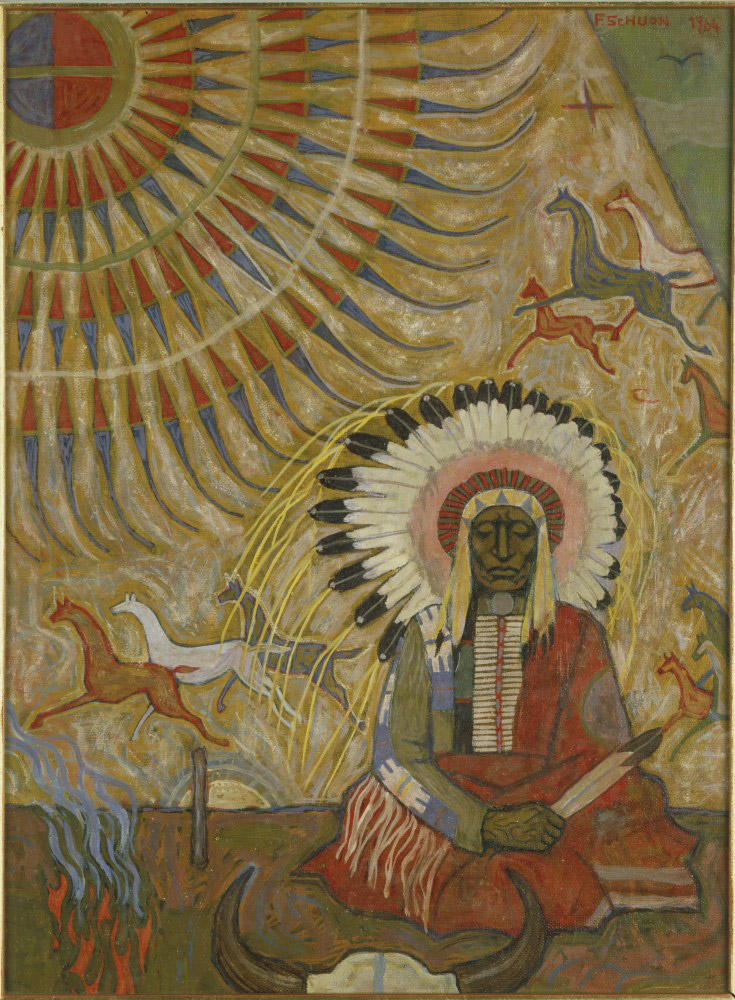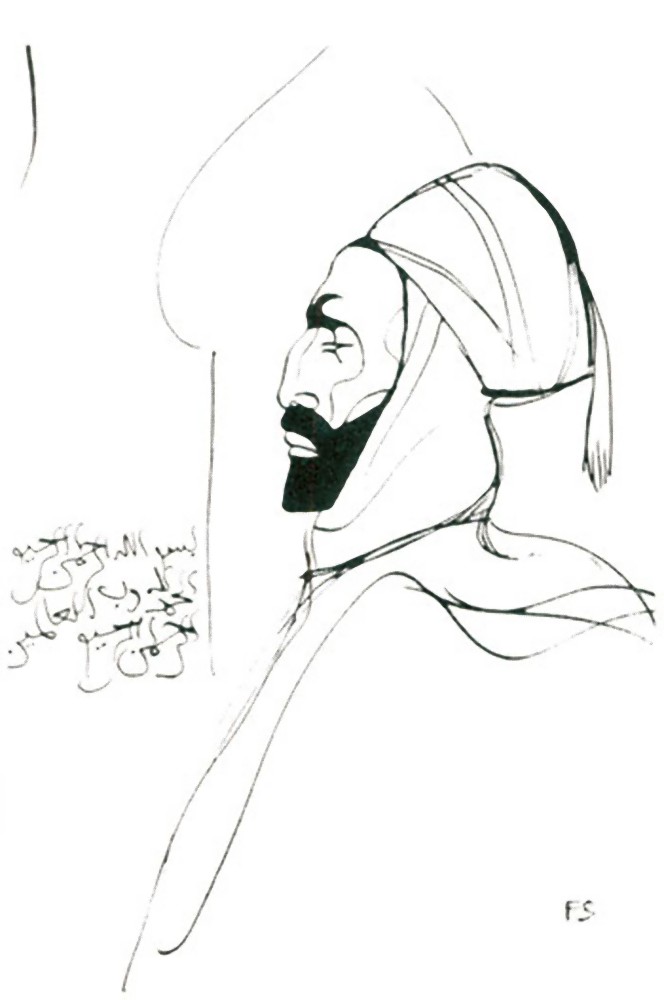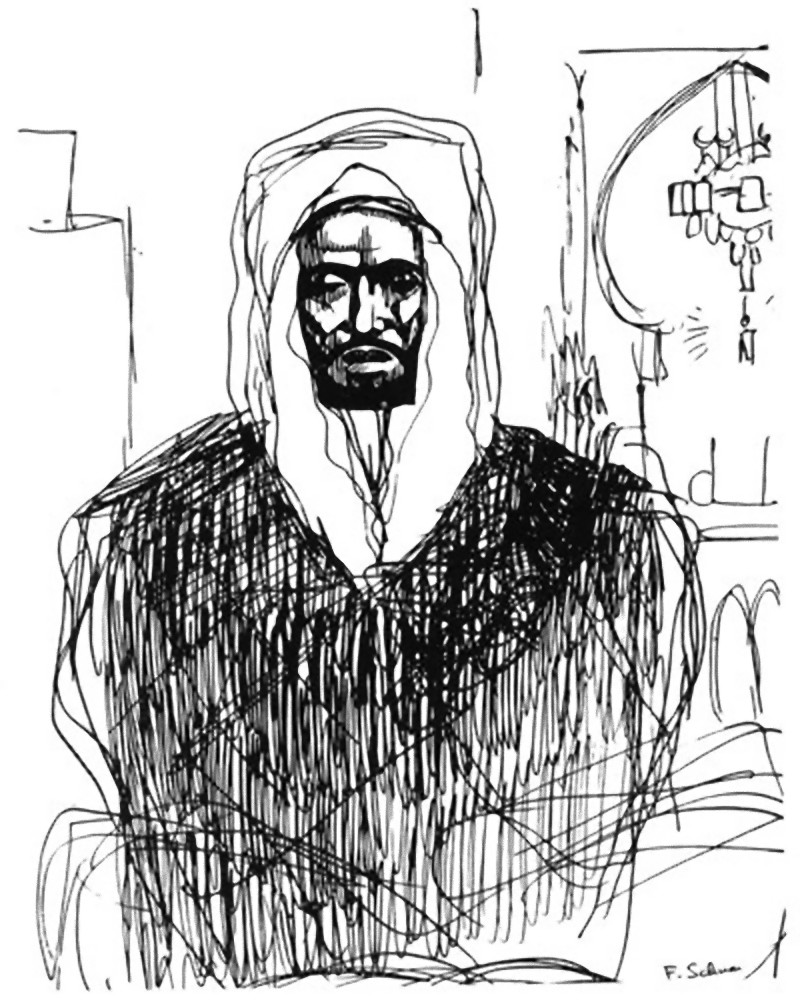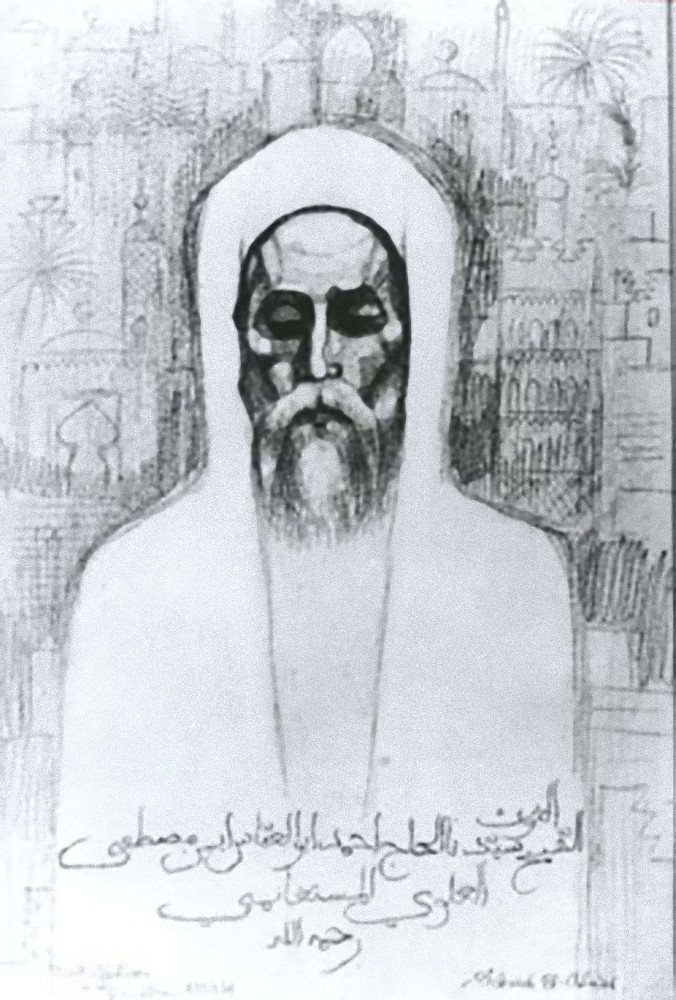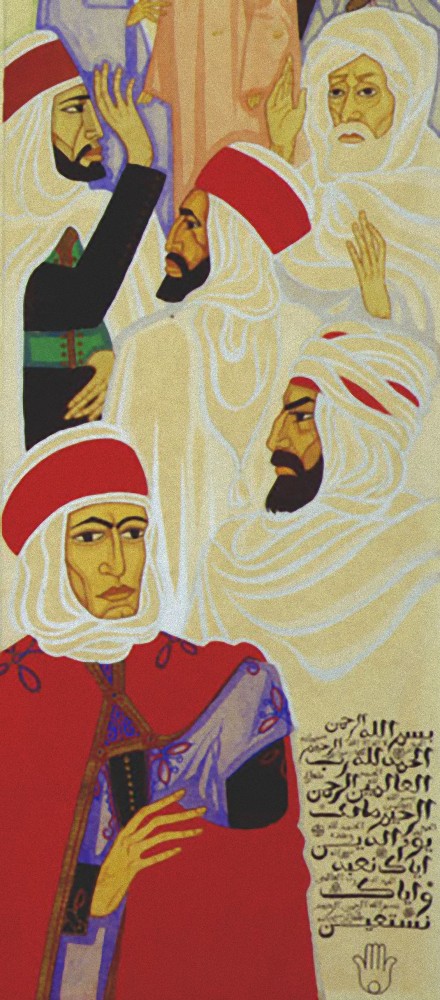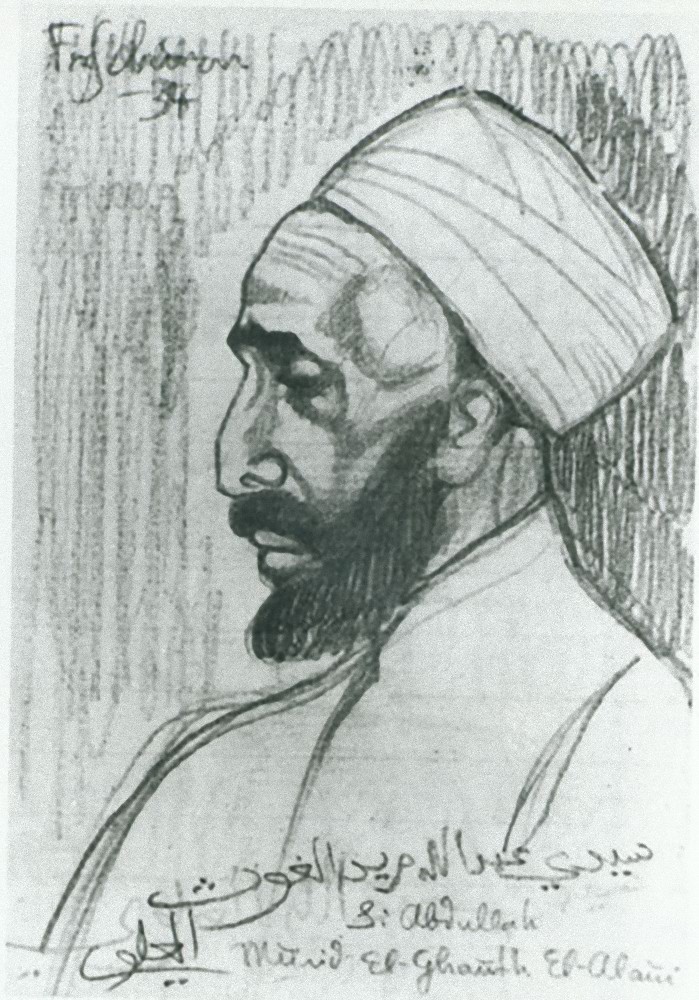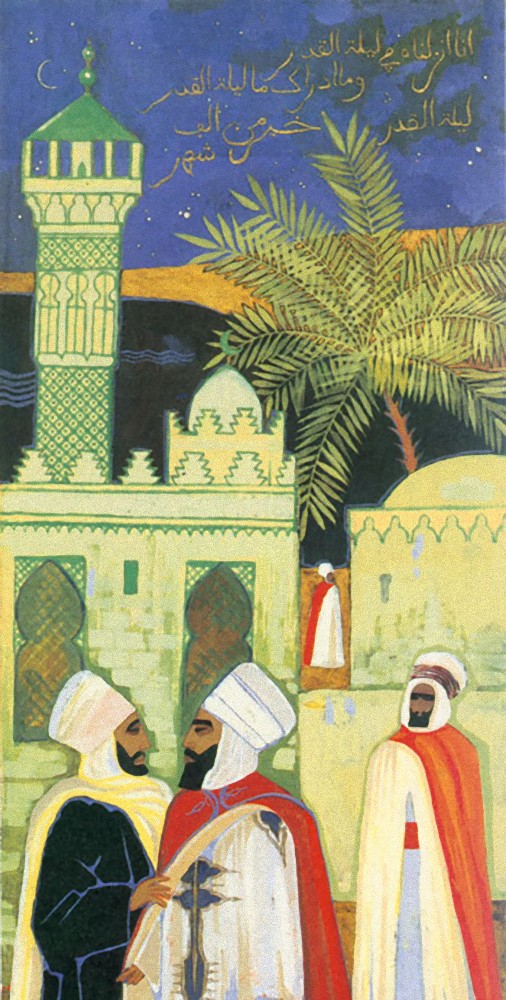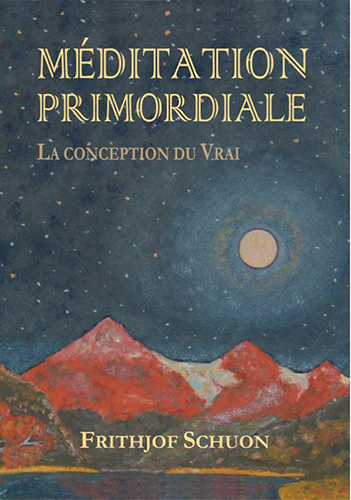
Frithjof Schuon Archive

Gemälde und Skizzen
| Beitragsbild | Titel | Year | Dimensions | hf:tax:art_category |
|---|---|---|---|---|
| Skizze einer japanischen Frau | 1928 | dimension check | skizzen-der-orientalischen-welt | |
| Skizze von zwei Mandarinen – 2 | 1928 | skizzen-der-orientalischen-welt | ||
| Skizze einer buddhistischen Szene | skizzen-der-orientalischen-welt | |||
| Skizze einer Mandarin | 1935 | skizzen-der-orientalischen-welt | ||
| Skizze eines Maharaja | skizzen-der-orientalischen-welt | |||
| Skizze eines Samurai | skizzen-der-orientalischen-welt | |||
| Skizze mit dem Titel „Milarepa“ (der buddhistische Weise von Tibet) | 1928 | skizzen-der-orientalischen-welt | ||
| Skizze von zwei Mandarinen – 1 | 1924 | skizzen-der-orientalischen-welt | ||
| Amerikanische Indianer-Skizze – 5 | skizzen-der-amerikanischen-indianerwelt | |||
| Skizze einer indianischen Frau | skizzen-der-amerikanischen-indianerwelt | |||
| Amerikanische Indianer-Skizze – 4 | skizzen-der-amerikanischen-indianerwelt | |||
| Skizze der amerikanischen Indianer – Mandan Mah-to-to-toh-pa | skizzen-der-amerikanischen-indianerwelt | |||
| Amerikanische Indianer-Skizze – 3 | skizzen-der-amerikanischen-indianerwelt | |||
| Amerikanische Indianer-Skizze – 2 | 1936 | skizzen-der-amerikanischen-indianerwelt | ||
| Porträt von Tecumseh | skizzen-der-amerikanischen-indianerwelt | |||
| Amerikanische Indianer-Skizze – 1 | 1953 | skizzen-der-amerikanischen-indianerwelt | ||
| Studie einer Yogini – 2 | gemaelde-des-ewig-weiblichen | |||
| Studie einer Yogini – 1 | gemaelde-des-ewig-weiblichen | |||
| Studie der Jungfrau – 3 | gemaelde-des-ewig-weiblichen | |||
| Studie der Jungfrau – 2 | gemaelde-des-ewig-weiblichen | |||
| Studie der Jungfrau – 1 | gemaelde-des-ewig-weiblichen | |||
| Studie der Jungfrau mit Kind – 2 | gemaelde-des-ewig-weiblichen | |||
| Jungfrau mit Kind – Mittelteil | gemaelde-des-ewig-weiblichen | |||
| Studie der Jungfrau mit Kind – 1 | gemaelde-des-ewig-weiblichen | |||
| Tipis beim Sonnenaufgang | 1966 | 8" x 6" | gemaelde-der-amerikanischen-indianerwelt | |
| Die Frau des Häuptlings | 1965 | gemaelde-der-amerikanischen-indianerwelt | ||
| Warten auf den Feind | 1967 | gemaelde-der-amerikanischen-indianerwelt | ||
| Das Gewitter | 1953 | gemaelde-der-amerikanischen-indianerwelt | ||
| Bitte | 1966 | 20" x 24" | gemaelde-der-amerikanischen-indianerwelt | |
| Senden einer Stimme | 1962 | 18" x 21" | gemaelde-der-amerikanischen-indianerwelt | |
| Gruß an den großen Geist | 1963 | gemaelde-der-amerikanischen-indianerwelt | ||
| Der Rat | 1963 | gemaelde-der-amerikanischen-indianerwelt | ||
| Häuptlinge mit Pfeife in einer Lagerszene | 1953 | gemaelde-der-amerikanischen-indianerwelt | ||
| Cheyenne Häuptling | 1963 | gemaelde-der-amerikanischen-indianerwelt | ||
| Wir sind alle Verwandte | 1966 | 21" x 18" | gemaelde-der-amerikanischen-indianerwelt | |
| Auf der Suche nach dem großen Geist | 1963 | gemaelde-der-amerikanischen-indianerwelt | ||
| Die Sonnenhütte | 1963 | 15" x 19" | gemaelde-der-amerikanischen-indianerwelt | |
| Meditation | 1961 | gemaelde-der-amerikanischen-indianerwelt | ||
| Ein Krieger und seine Häuptlinge | 1960 | 9" x 13" | gemaelde-der-amerikanischen-indianerwelt | |
| Damit mein Volk leben kann | 1961 | 18" x 22" | gemaelde-der-amerikanischen-indianerwelt | |
| Die Begegnung der Häuptlinge | 1962 | 18" x 15" | gemaelde-der-amerikanischen-indianerwelt | |
| Erscheinung des Bisonkalbmädchens | 1959 | 10" x 24" | gemaelde-der-amerikanischen-indianerwelt | |
| Die gefiederte Sonne | 1964 | gemaelde-der-amerikanischen-indianerwelt | ||
| Skizze eines muslimischen Mannes – 1 | kunst-der-islamischen-welt | |||
| Skizze eines muslimischen Mannes – 2 | kunst-der-islamischen-welt | |||
| Skizze des Shaykh al-Alawi | kunst-der-islamischen-welt | |||
| Studie aus der Malerei einer muslimischen Szene | 1932 | kunst-der-islamischen-welt | ||
| Skizze eines Schülers von Shaykh al-‚Alawî | 1934 | kunst-der-islamischen-welt | ||
| Laylat al-Qadr | 1934 | 5" x 20" | kunst-der-islamischen-welt |
Featured Books
Méditation primordiale : La conception du Vrai (Taschenbuch)
Dieses 1935 erschienene Werk wird hier zum ersten Mal ins Französische übersetzt und beleuchtet die Genese der von F. Schuon in seinen späteren Schriften entwickelten Konzepte und seiner spirituellen Botschaft.
Featured Poems
Adastra and Stella Maris: Poems by Frithjof Schuon-Contentment
To be content with God — these are weighty words.
Adastra and Stella Maris: Poems by Frithjof Schuon-Weekday
Weekday: noise, fleeing flood of humanity,
Adastra and Stella Maris: Poems by Frithjof Schuon-Upaya
There are two ways to draw you to the path
Featured Articles
The Introduction by Thomas Yellowtail to “The Feathered Sun” by Frithjof Schuon
Crow Sun Dance Chief and Medicine Man Thomas Yellowtail (1903-1993) wrote this introduction to Frithjof Schuon’s book „The Feathered Sun: Plains Indians in Art and Philosophy“ to attest to the authenticity and truthfulness of Schuon’s writings and paintings found in this book. Yellowtail details his long relationship with Schuon and goes on to point out that Schuon captured the spirit of the olden-days Indians in both his paintings and his prose.
Book Review of “Dimensions of Islam”
Martin Lings reviews this book by Frithjof Schuon which is a complement to Understanding Islam and which explains in depth some of the problems that Christianity sees in Islam in the sanctity of the Prophet, for example, or the belittling of the human. Schuon explains that to be truly human and thus sanctified is to fit the divine mould which is Origin, Archetype, Norm and Goal. In Sufism this is expressed in a quaternary of divine Names: The First, the Last, the Outward and the Inward. Lings points out that these, “form the basis of this book, whose every chapter flows, as it were, along one or more of these dimensions.” Chapters under review include those on Jesus, Mary, the Archangels and the Five Divine Presences.
Foreword to “The Eye of the Heart”
Professor Huston Smith wrote the „Foreword“ to the 1997 edition of Frithjof Schuon’s „The Eye of the Heart.“ In it, Smith states unequivocally that he considers Schuon to be „the most important religious thinker of our century.“ He explains this by pointing to Schuon’s solution to the thorniest issue facing those who believe in absolute Truth: Must there be only one valid Truth embodied in one religious tradition, thus excluding all others, or can there be another way in which absolute Truth can take on relative shadings, and still remain the Truth? Although Smith gives only brief attention to the specific contents of the book, he does summarize his thoughts with this: „Again in this book, as everywhere in Schuon’s writing, one is struck by the hierarchical, vertical character of his thinking — his depiction of an absolute and transcendent Reality that deploys itself through All-Possibility and ultimately returns to Itself through human beings ‚made in the image of God.'“
